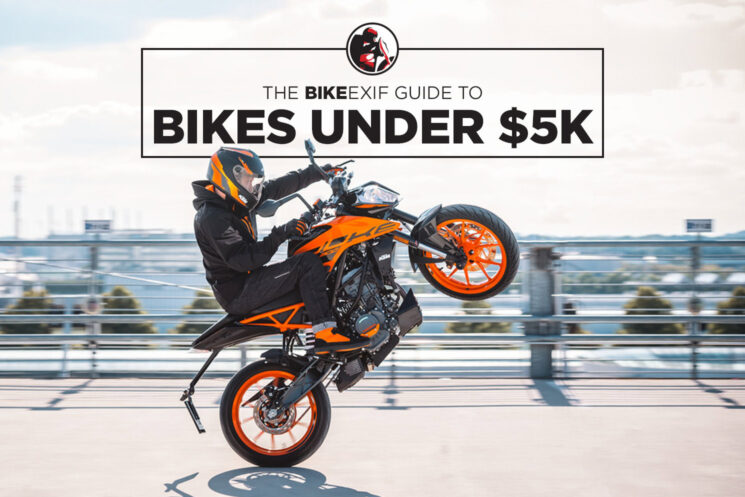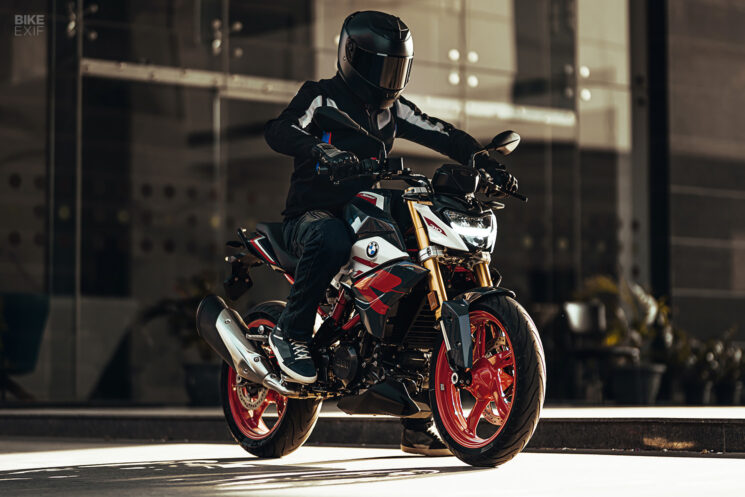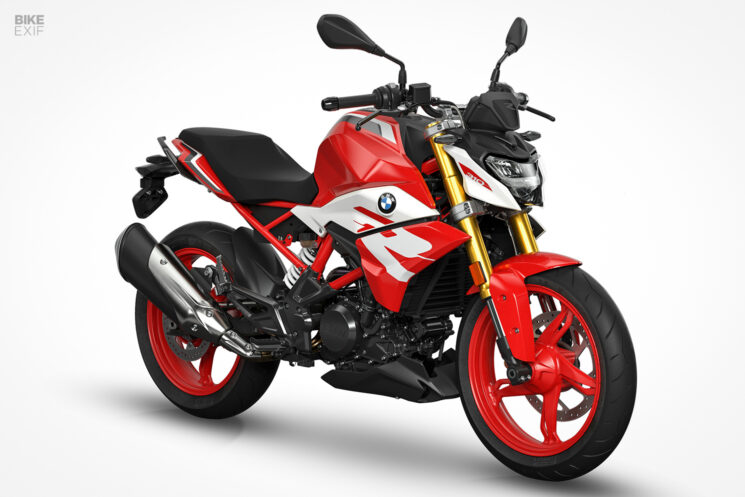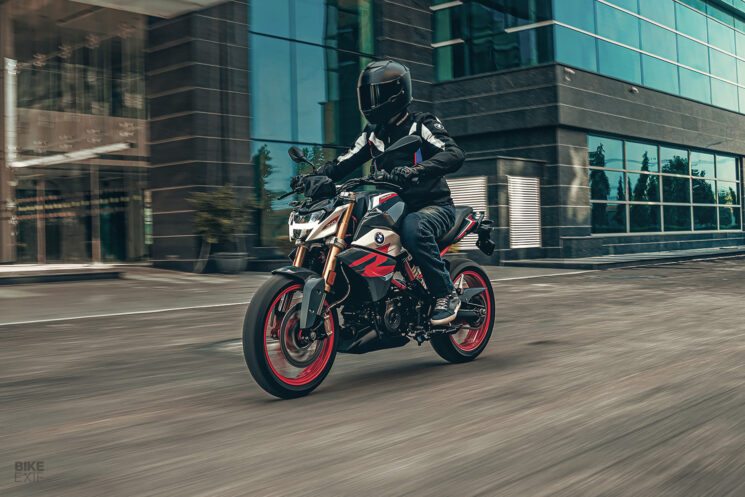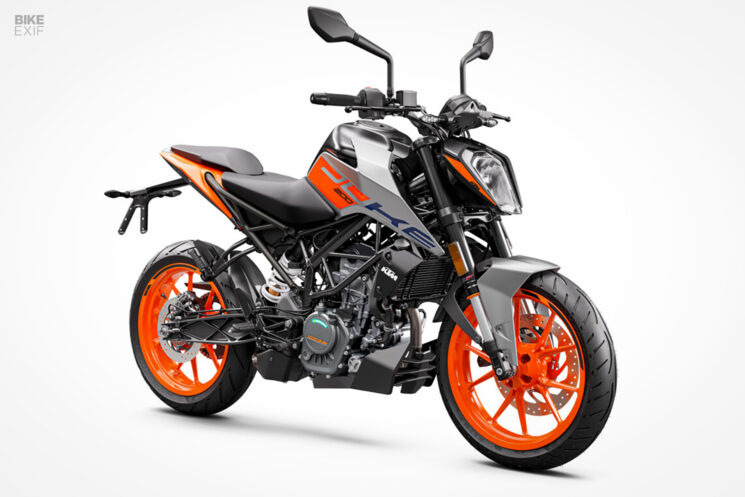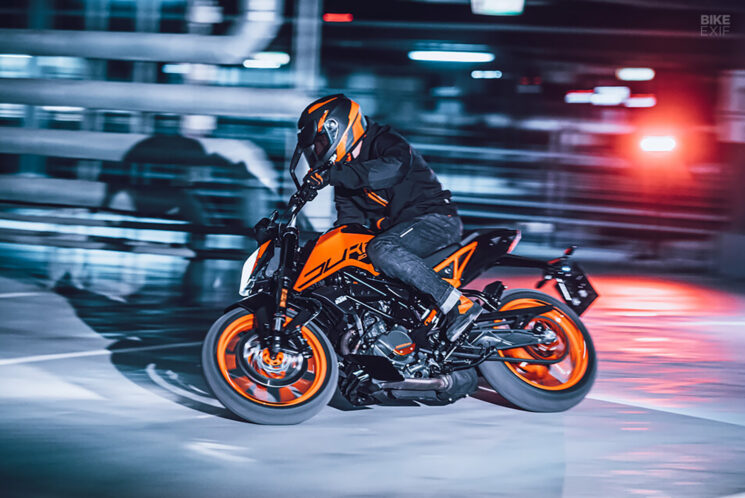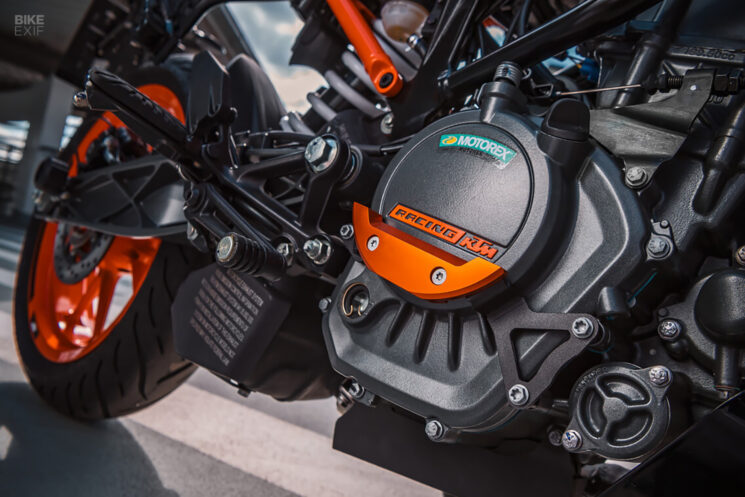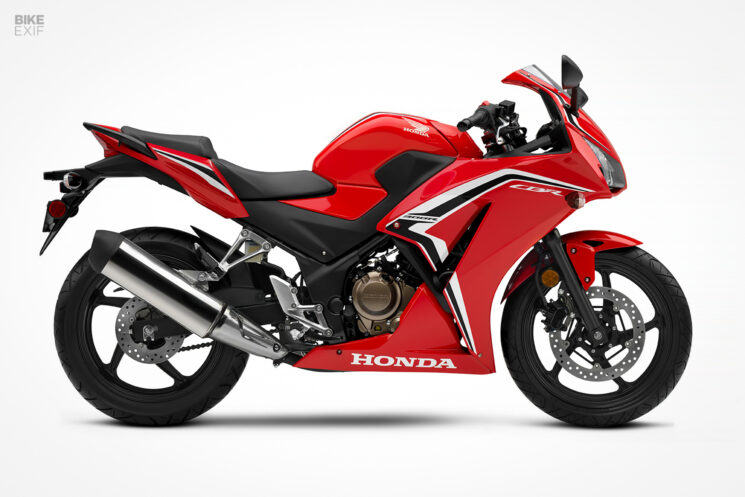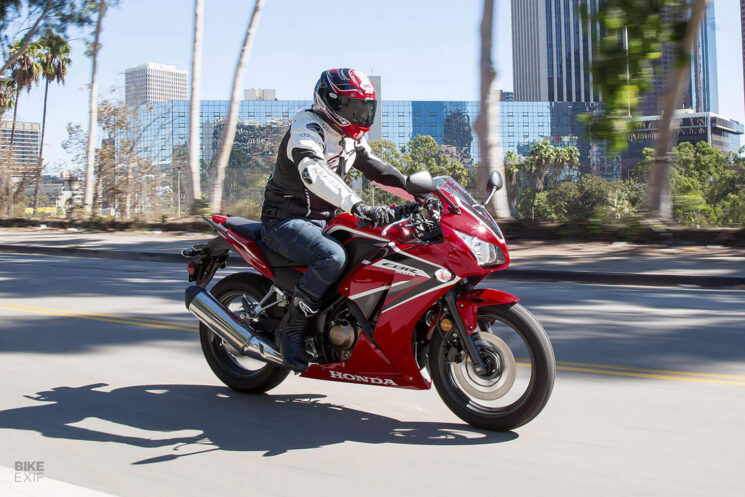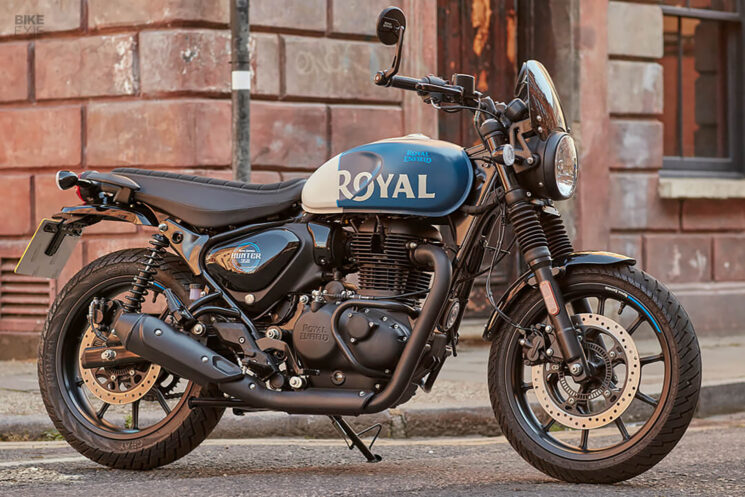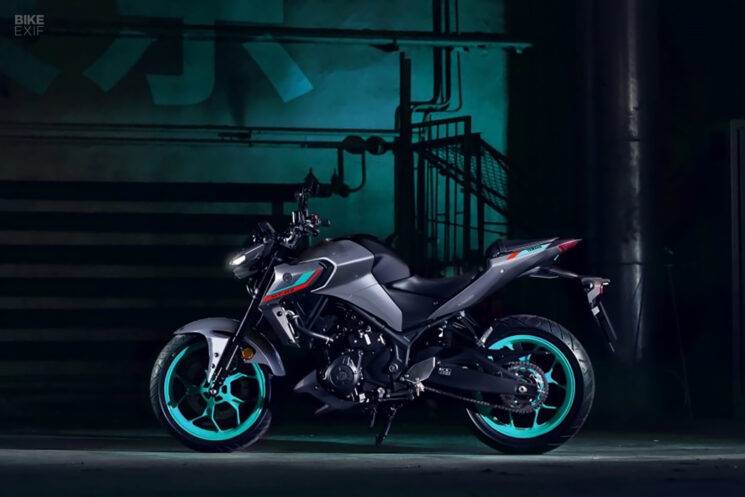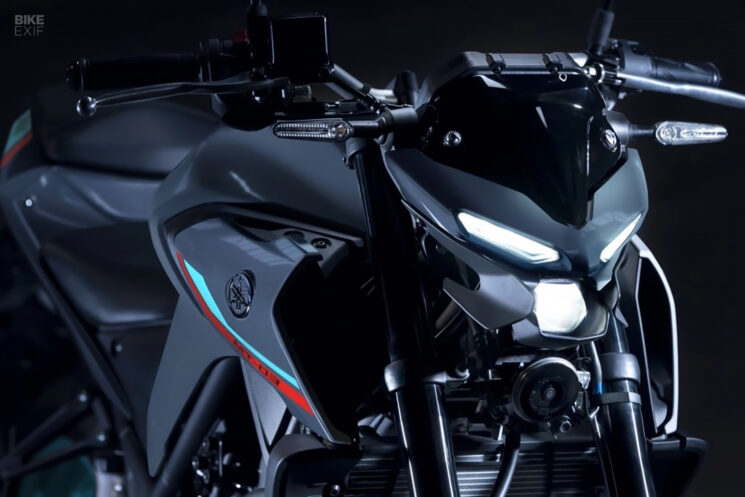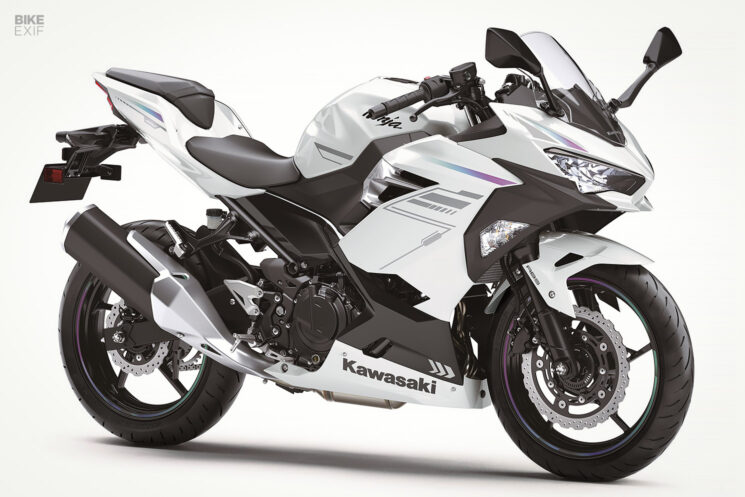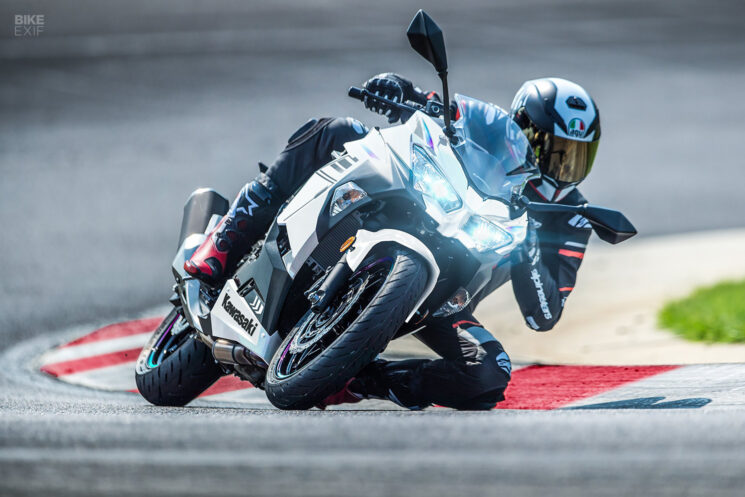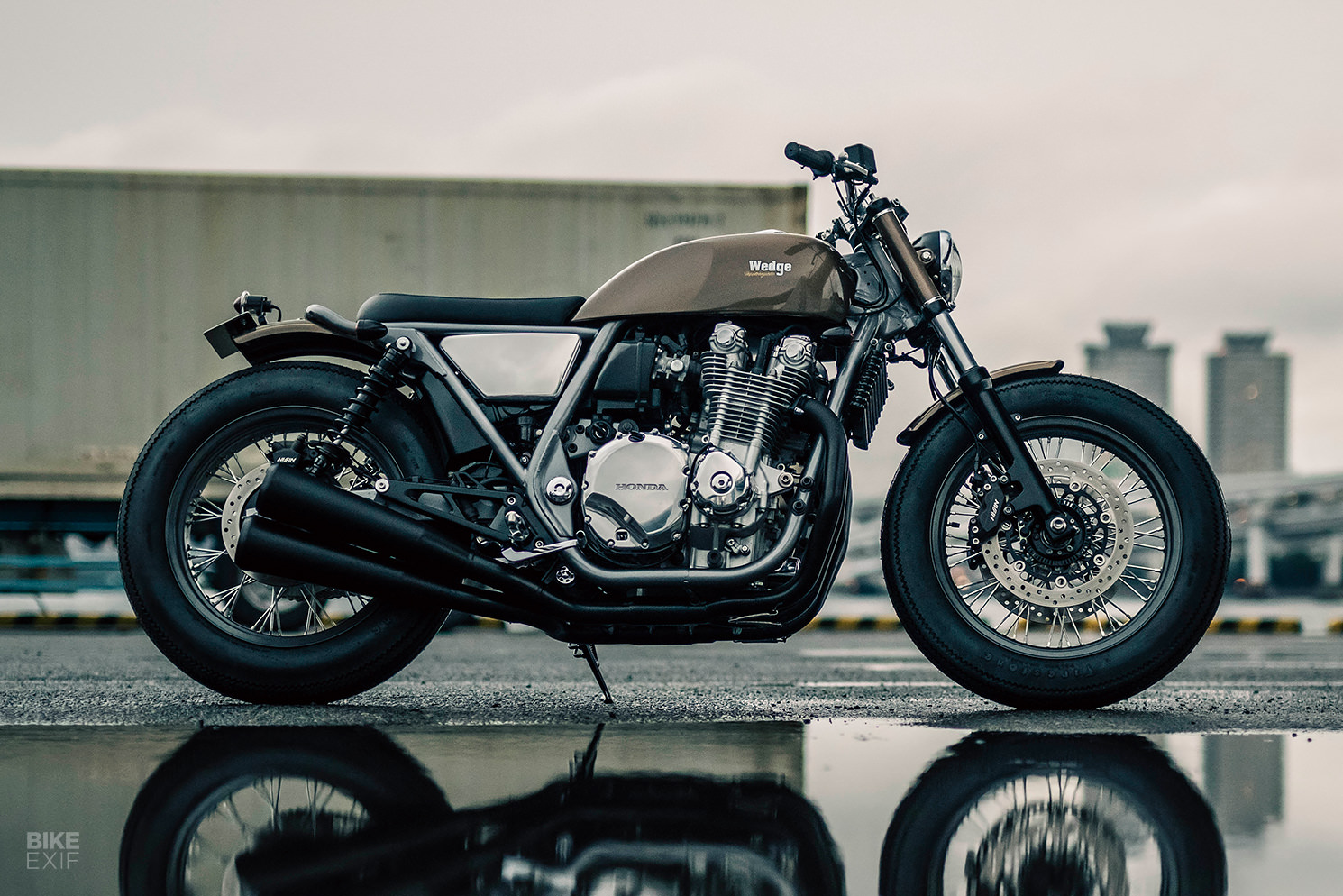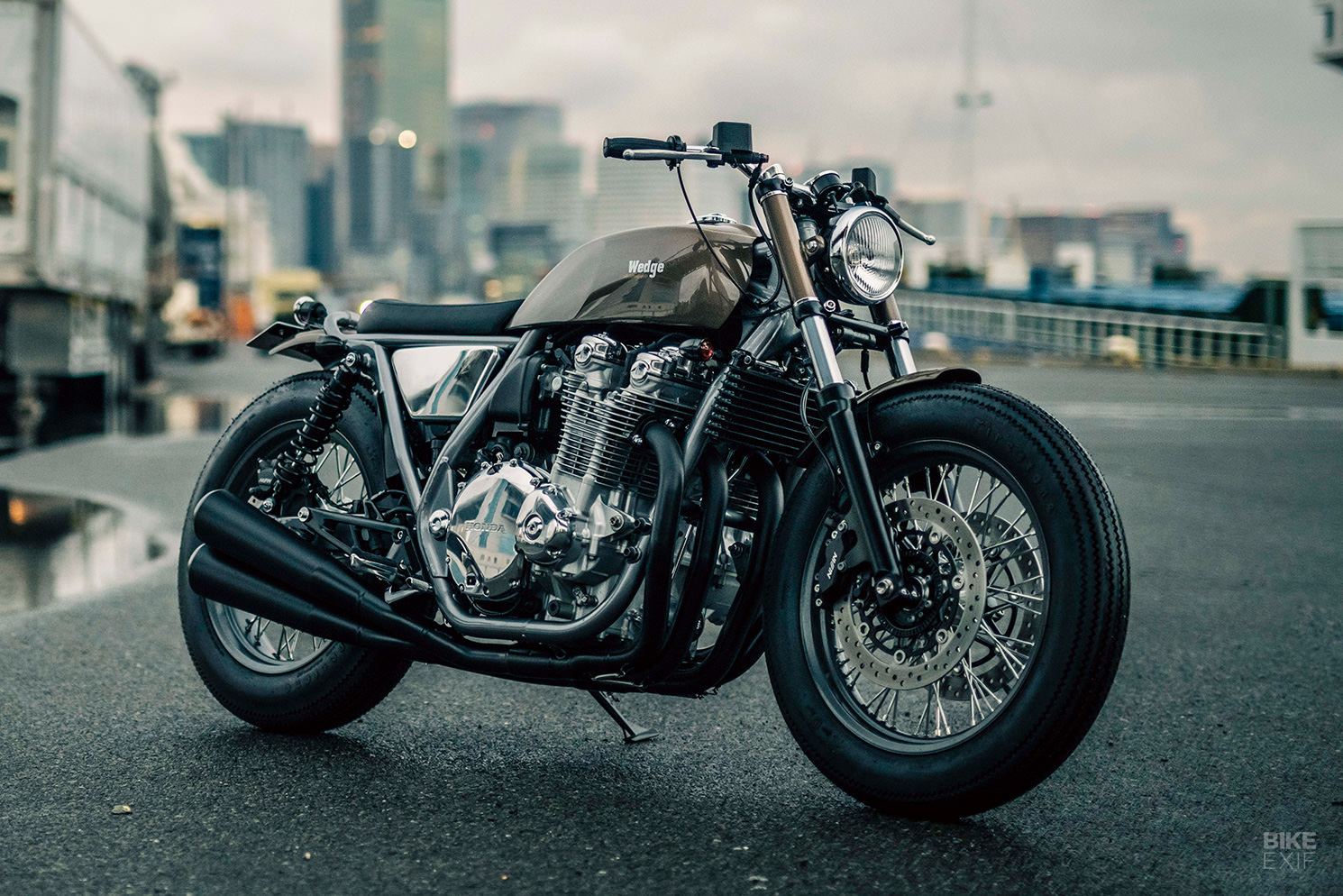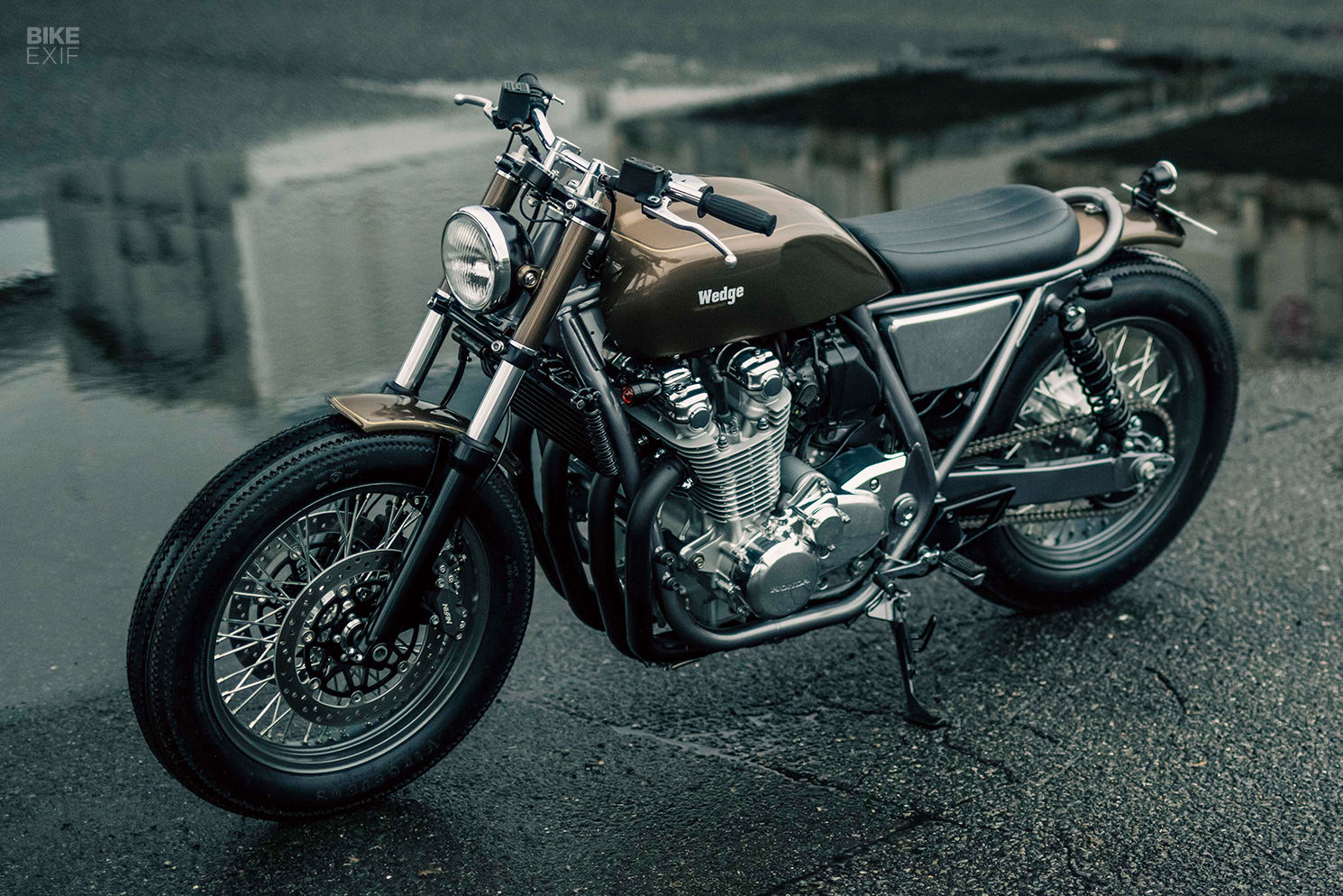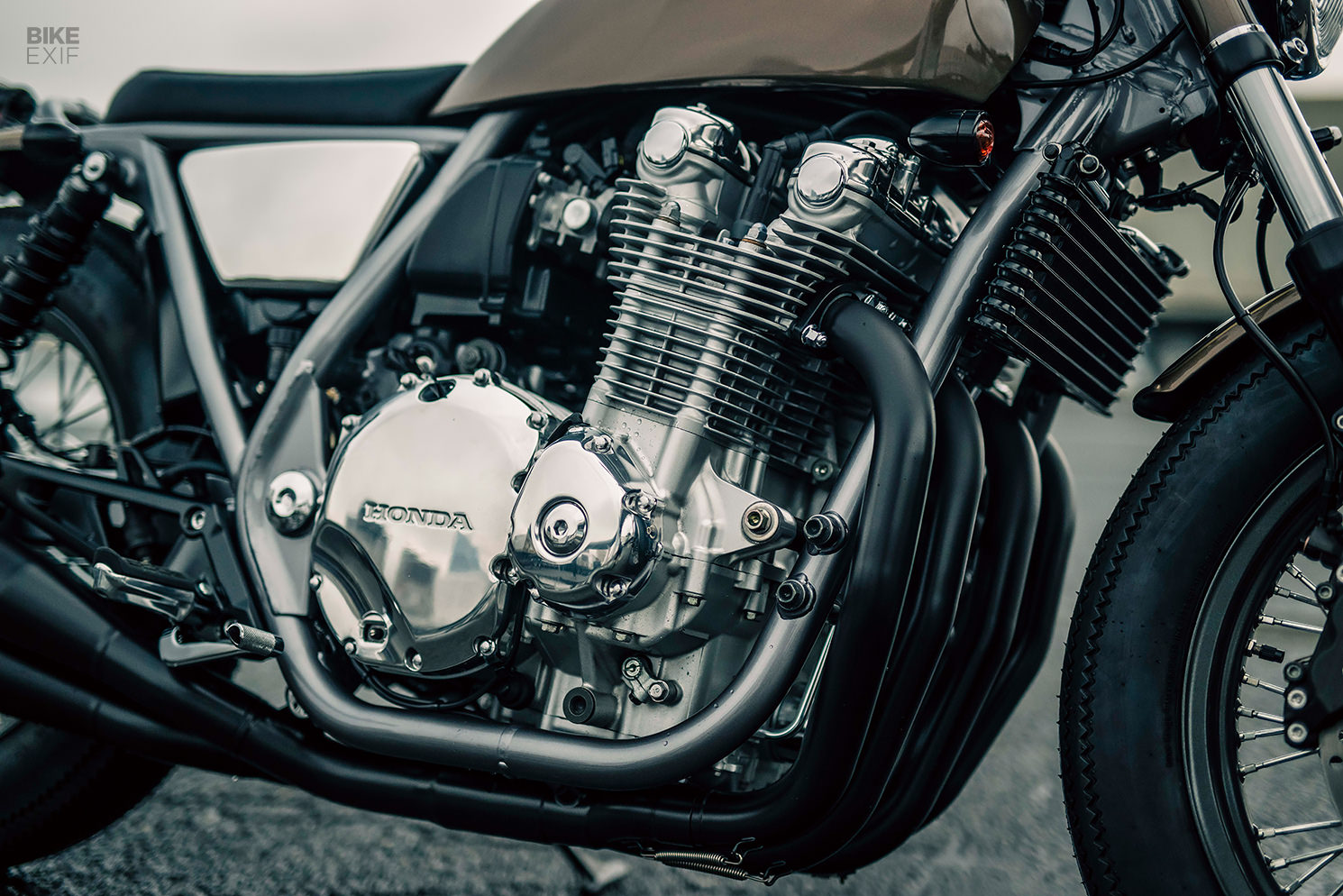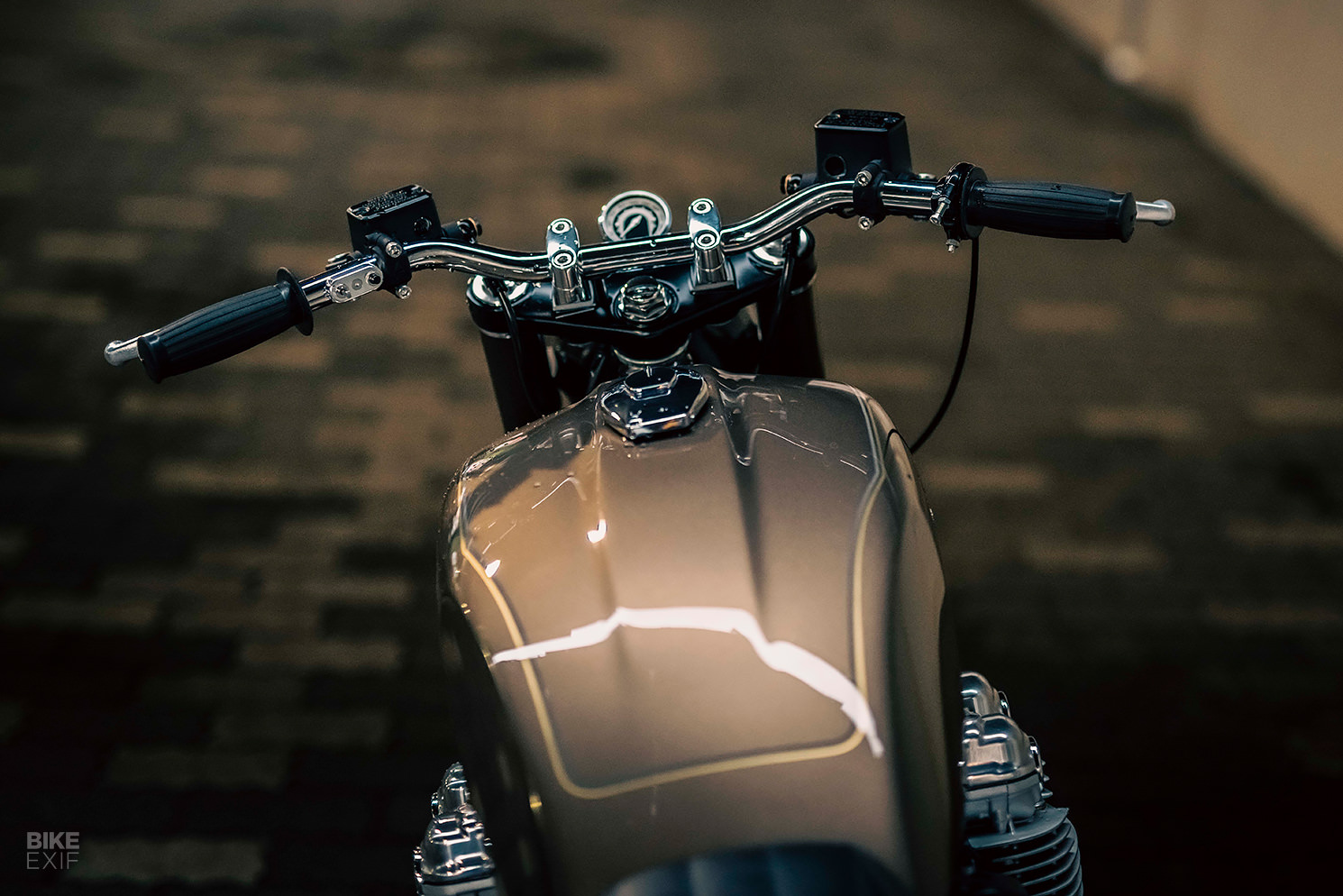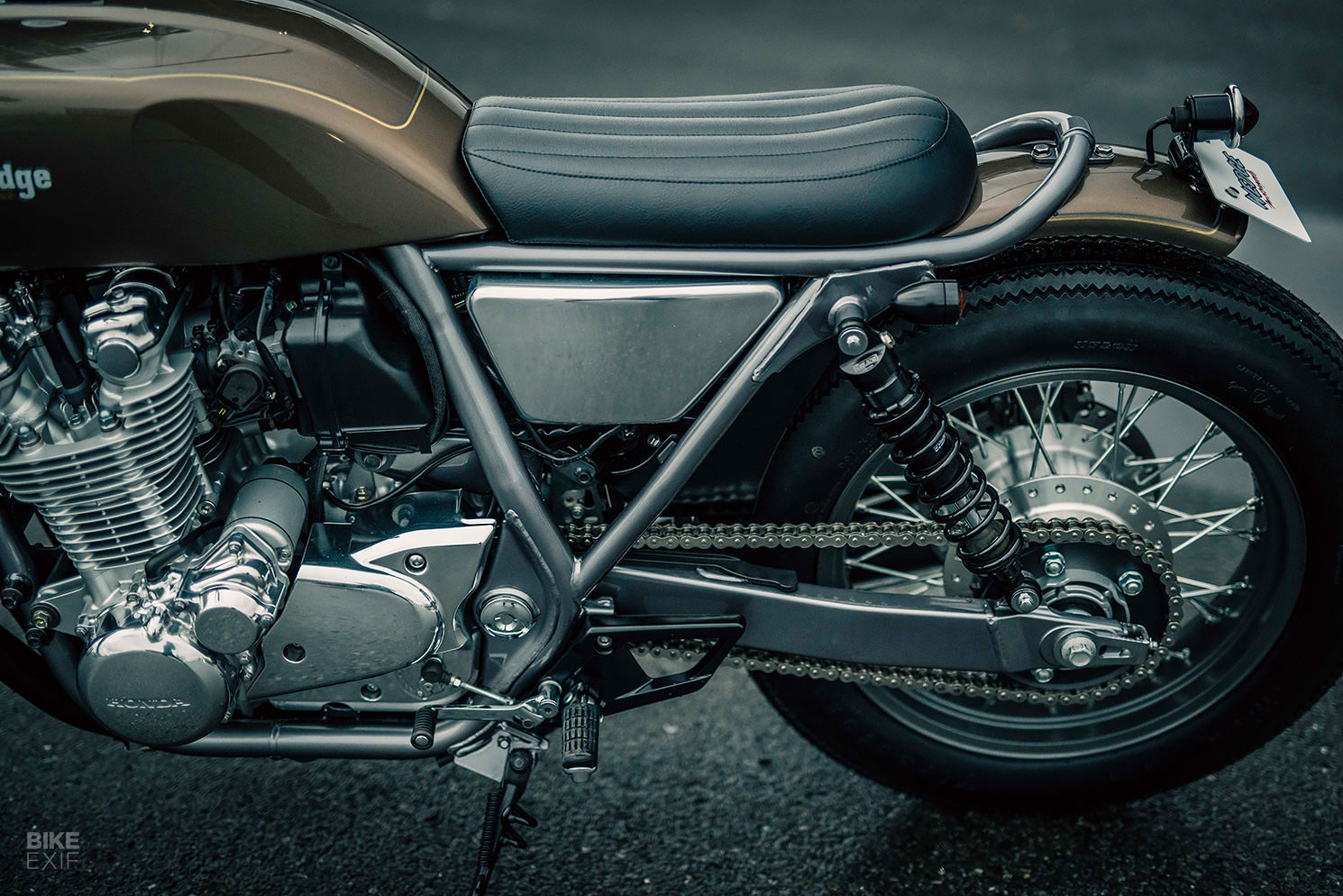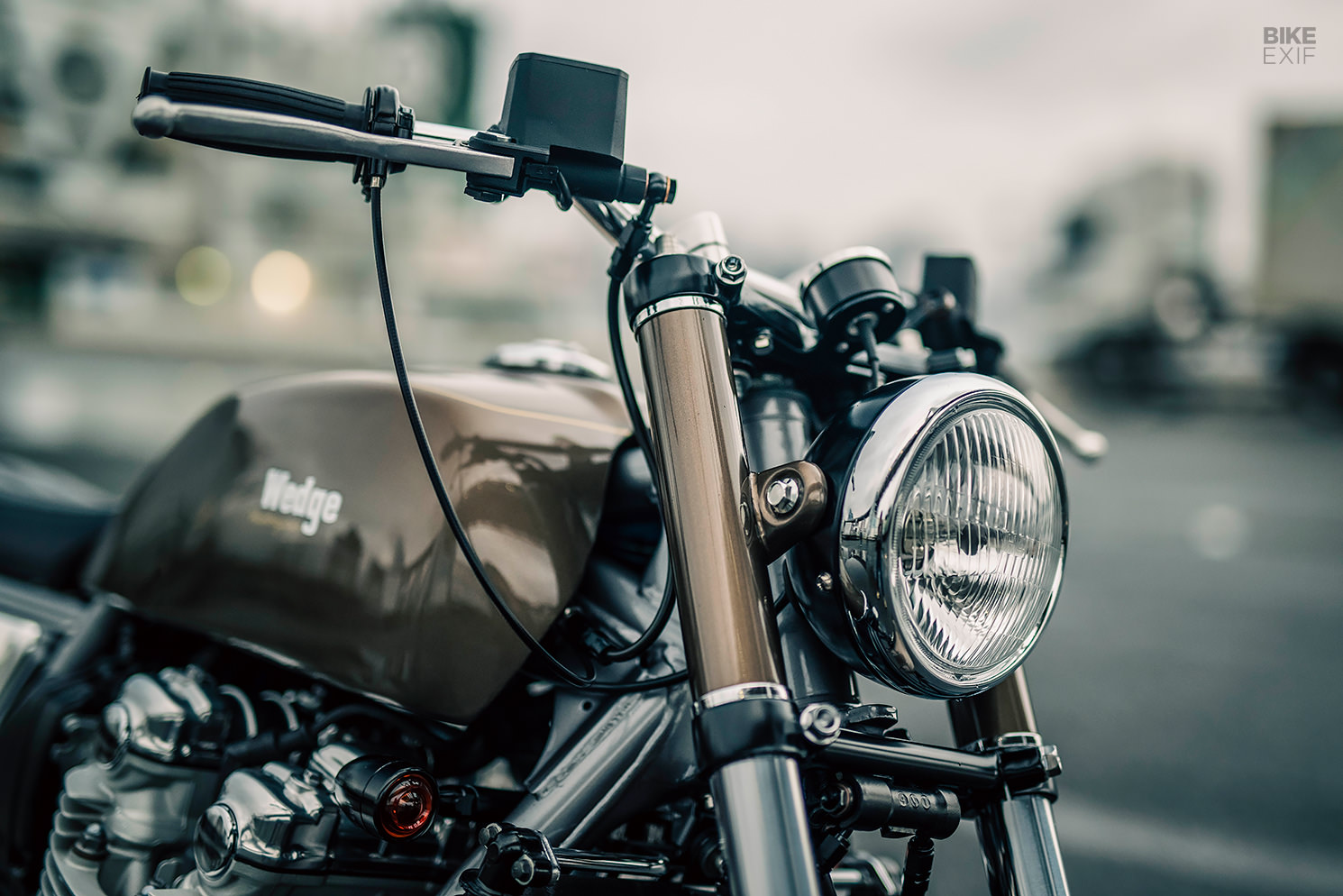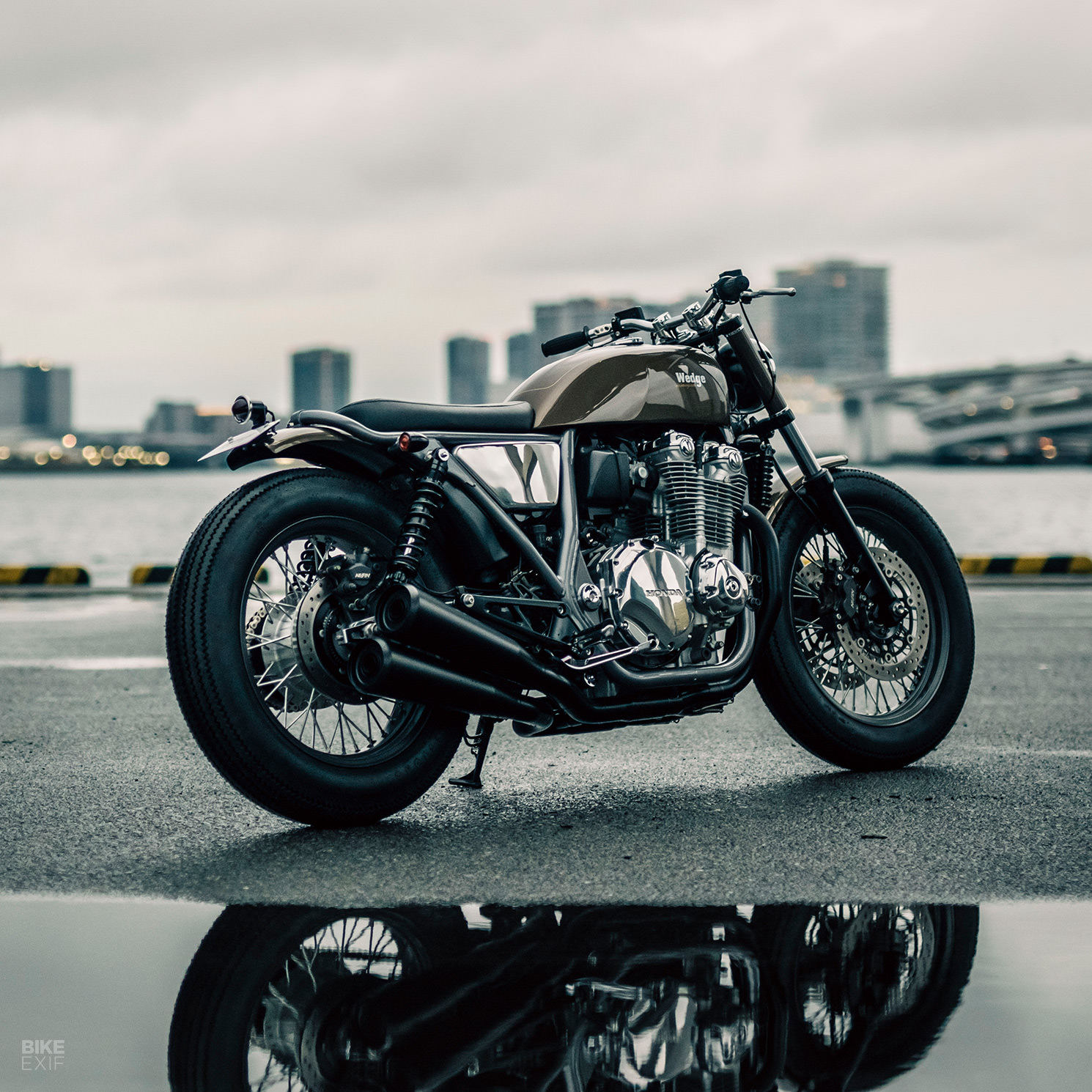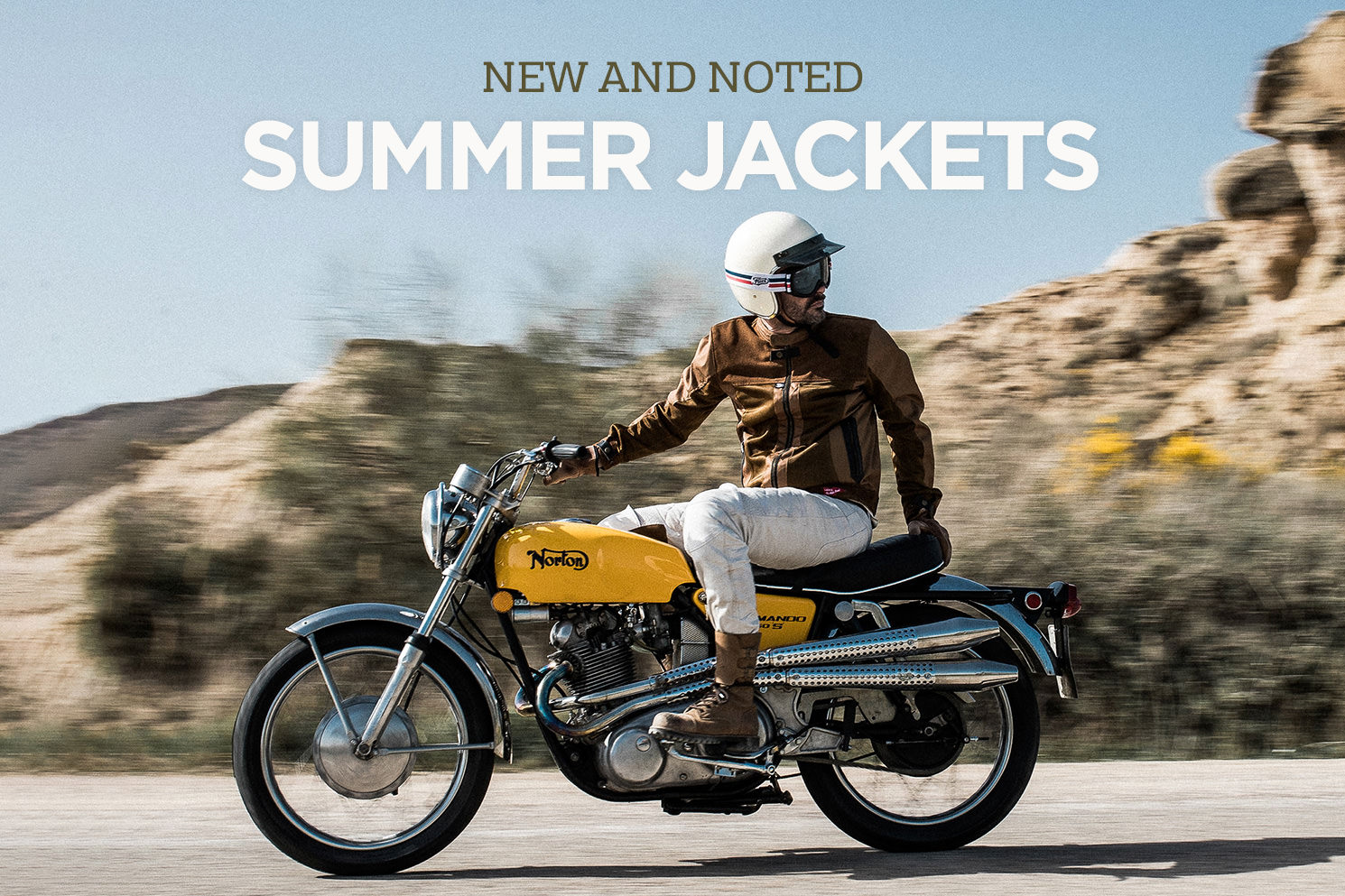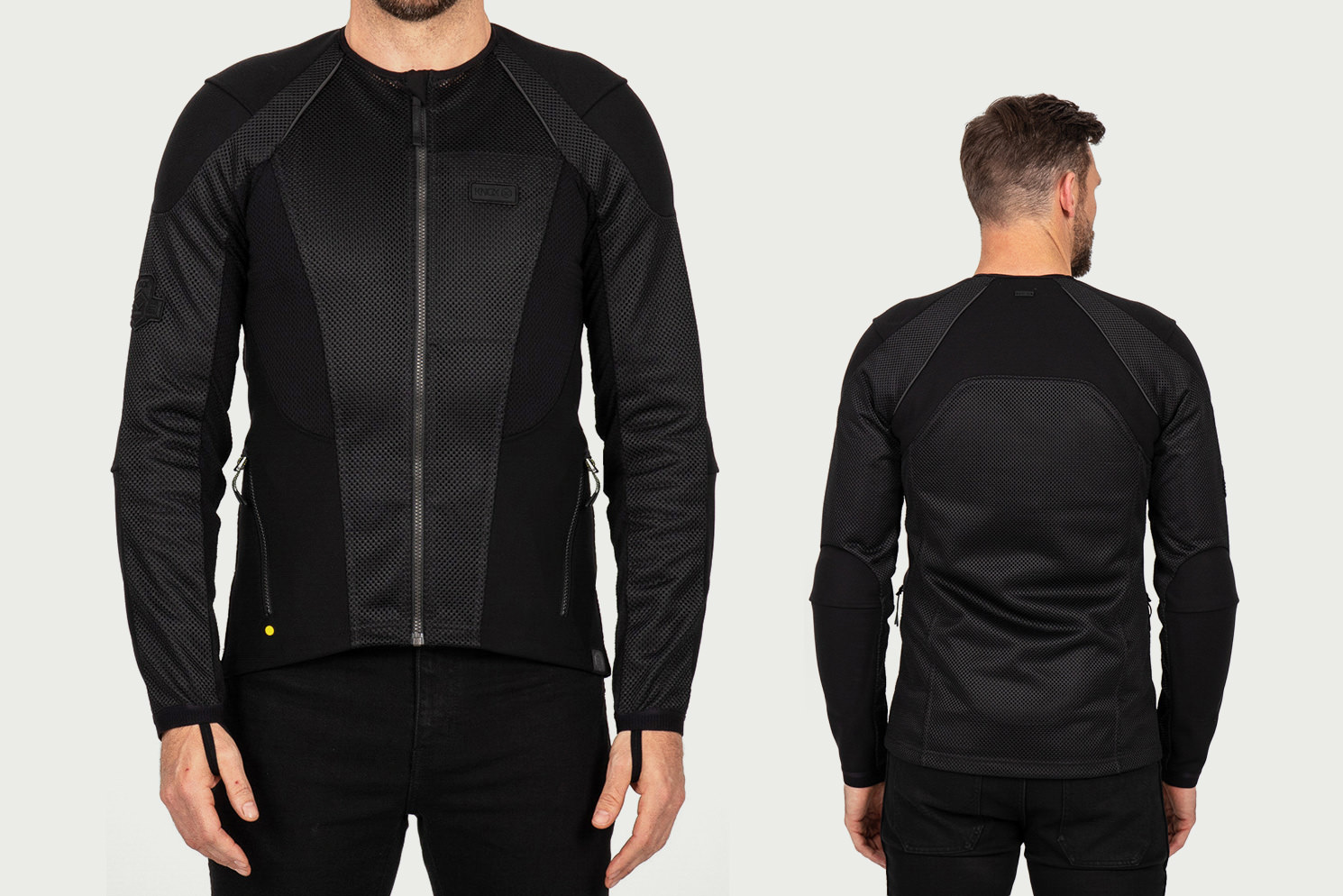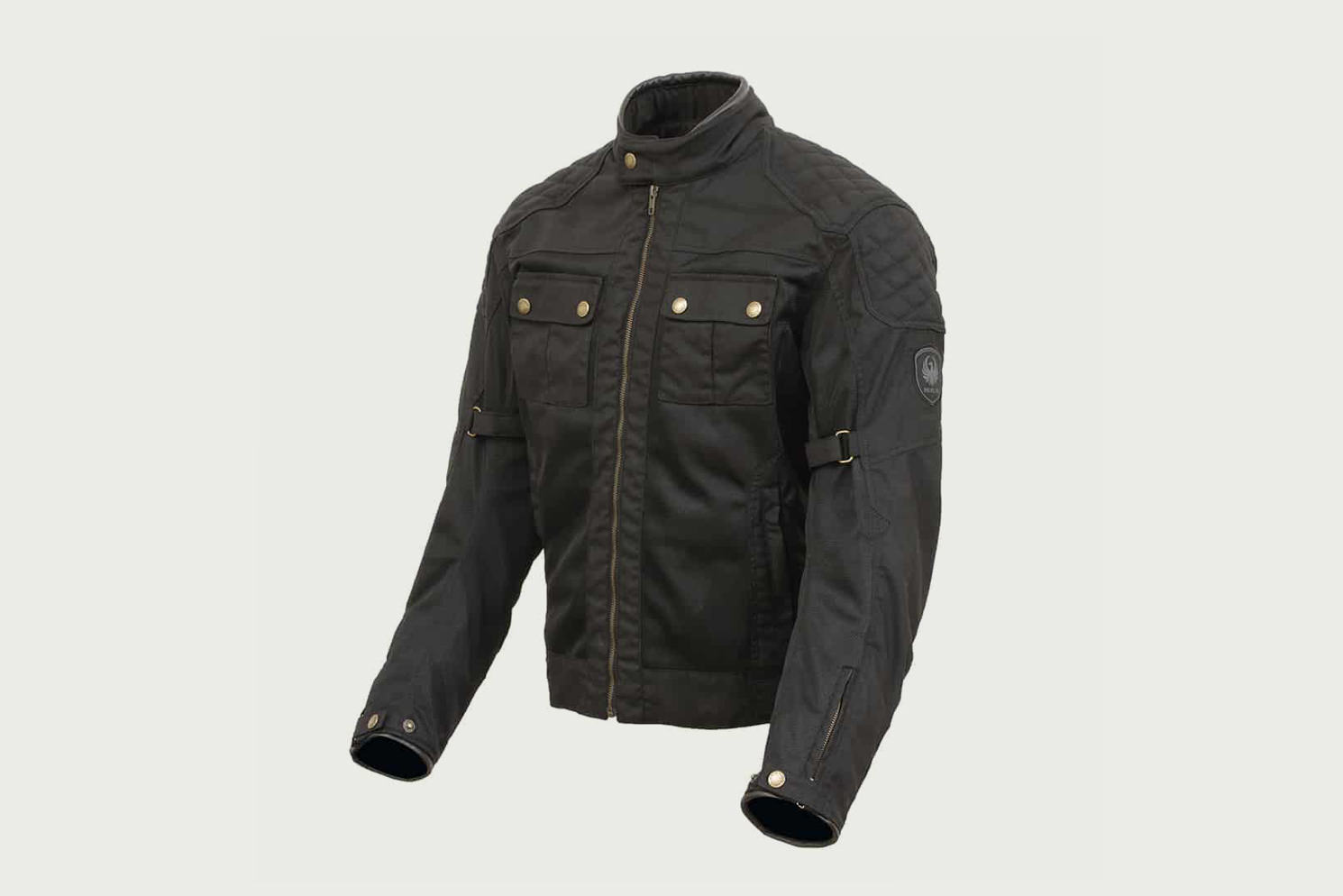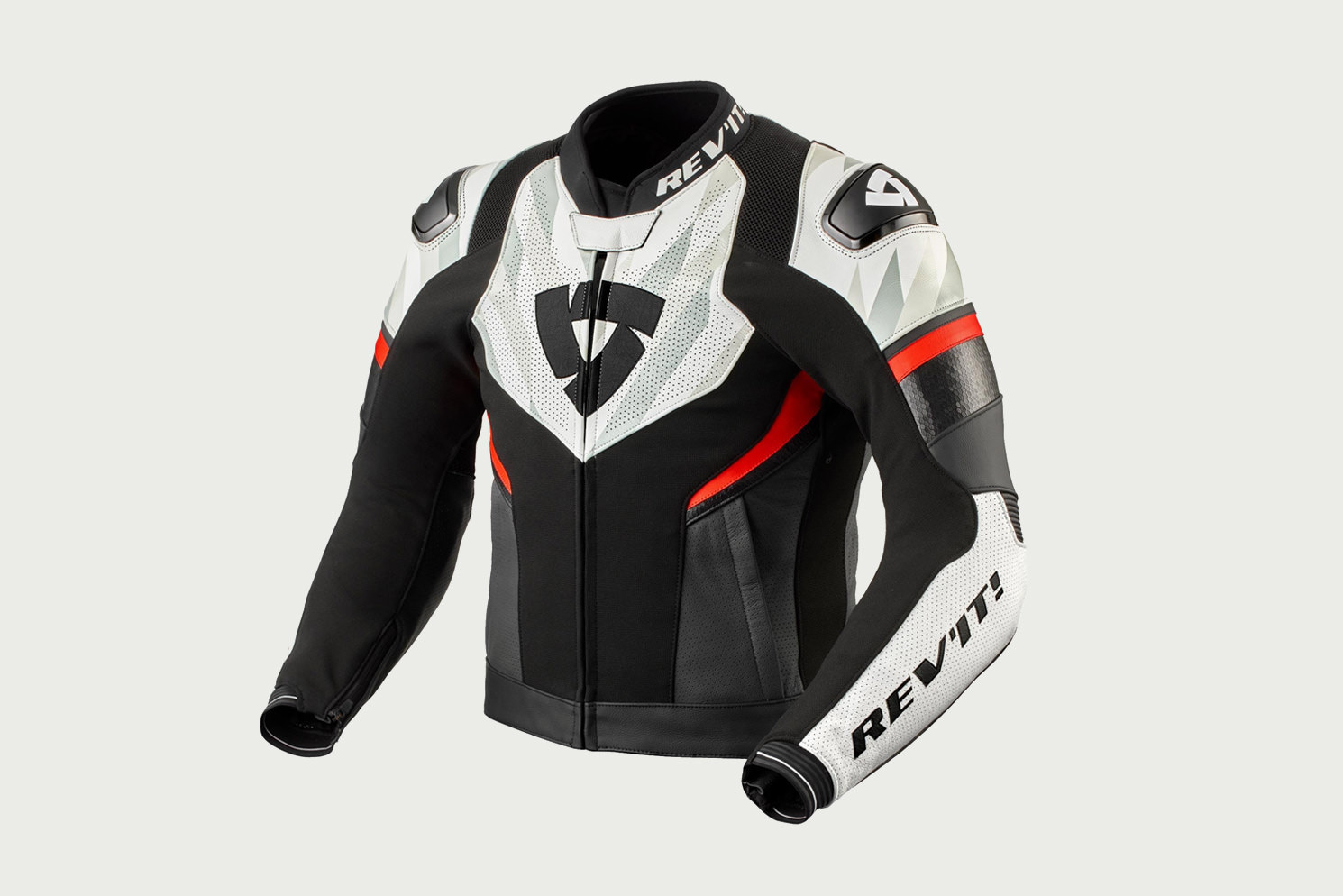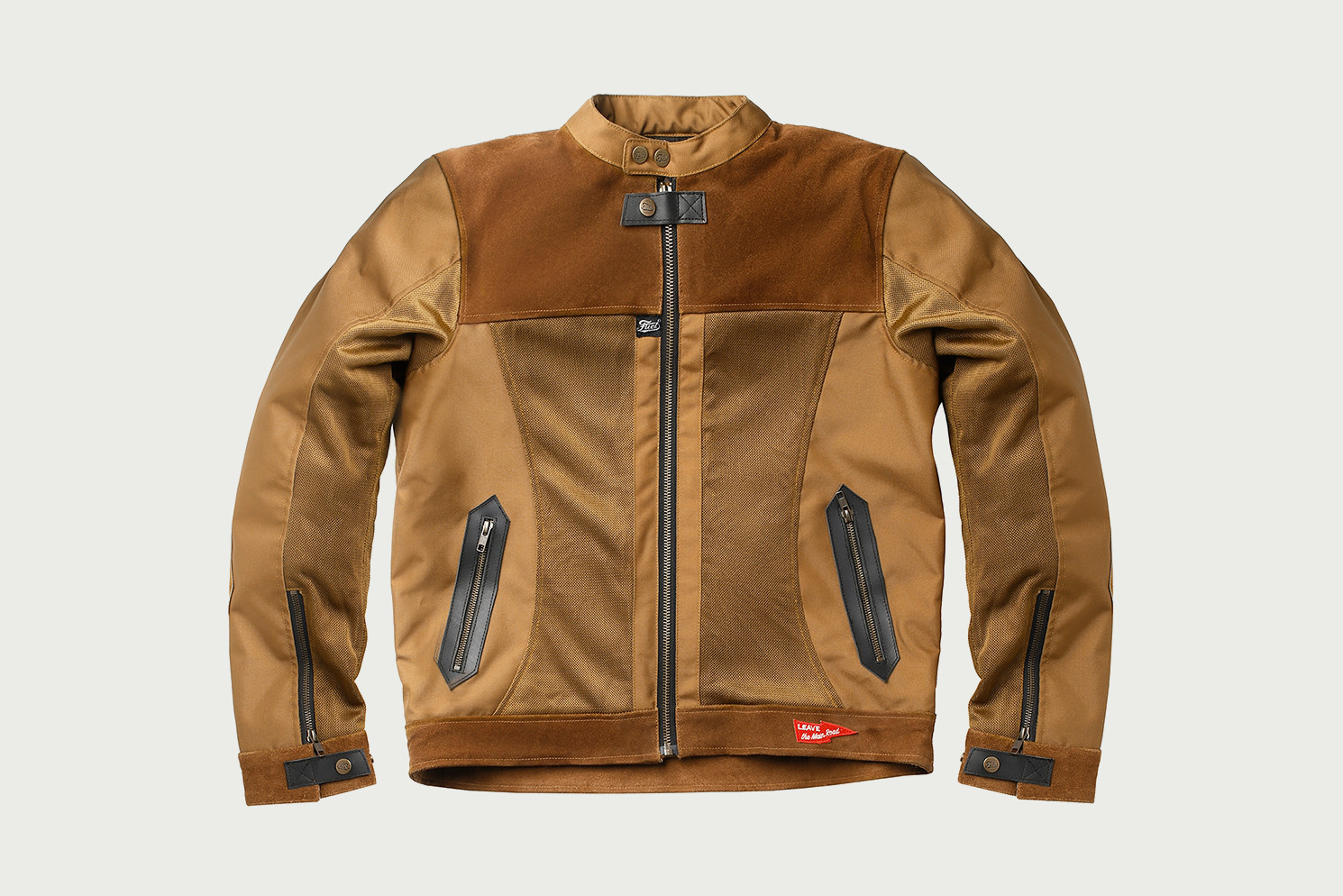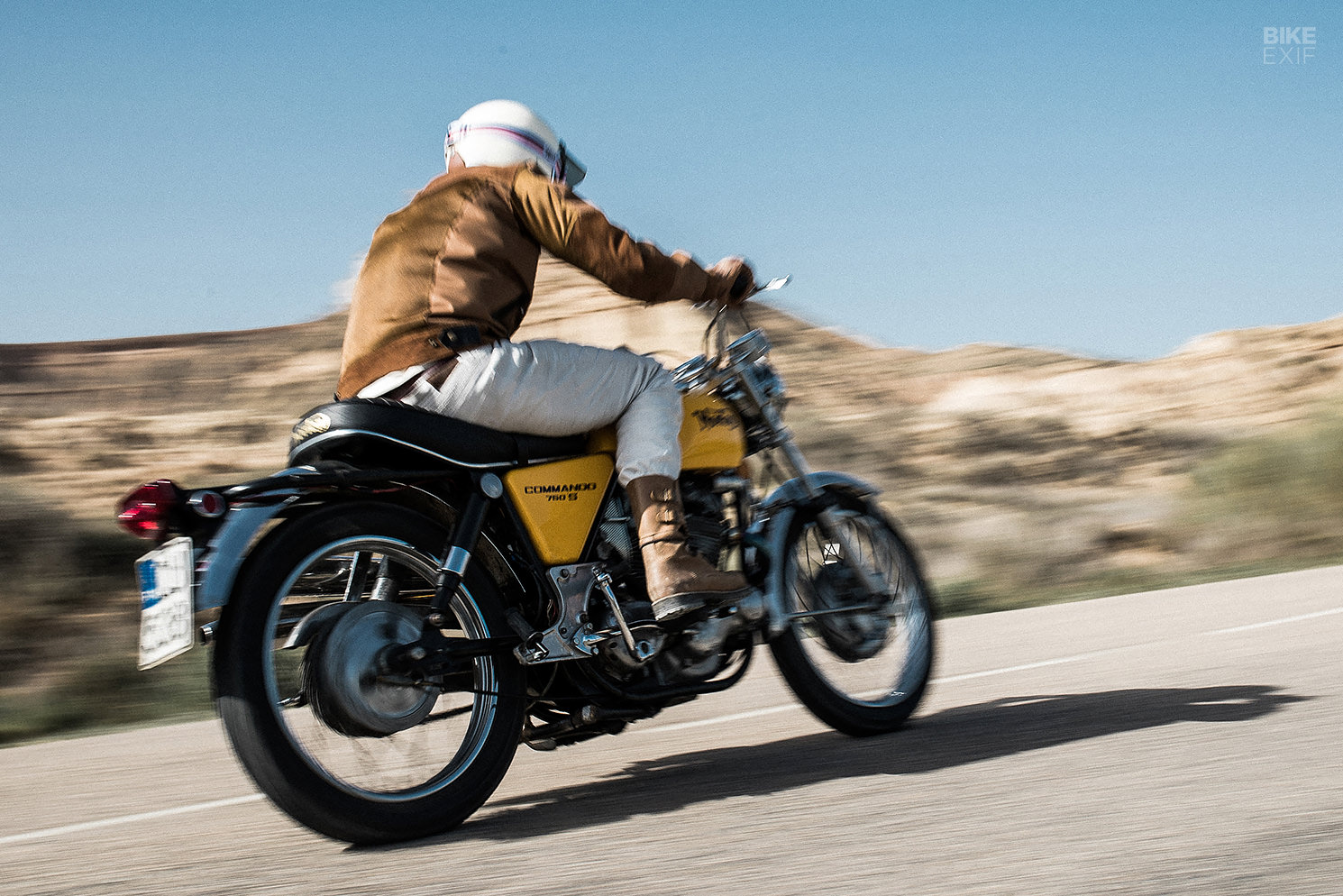
This week’s edition of Speed Read lives up to its name. It starts with an endurance racing-prepped Suzuki GSX-R1000, and ends with a replica of an early 1900s land speed bike. Sitting in the middle are a 890 cc KTM dirt bike, and a totally bonkers Kawasaki Z1 restomod.
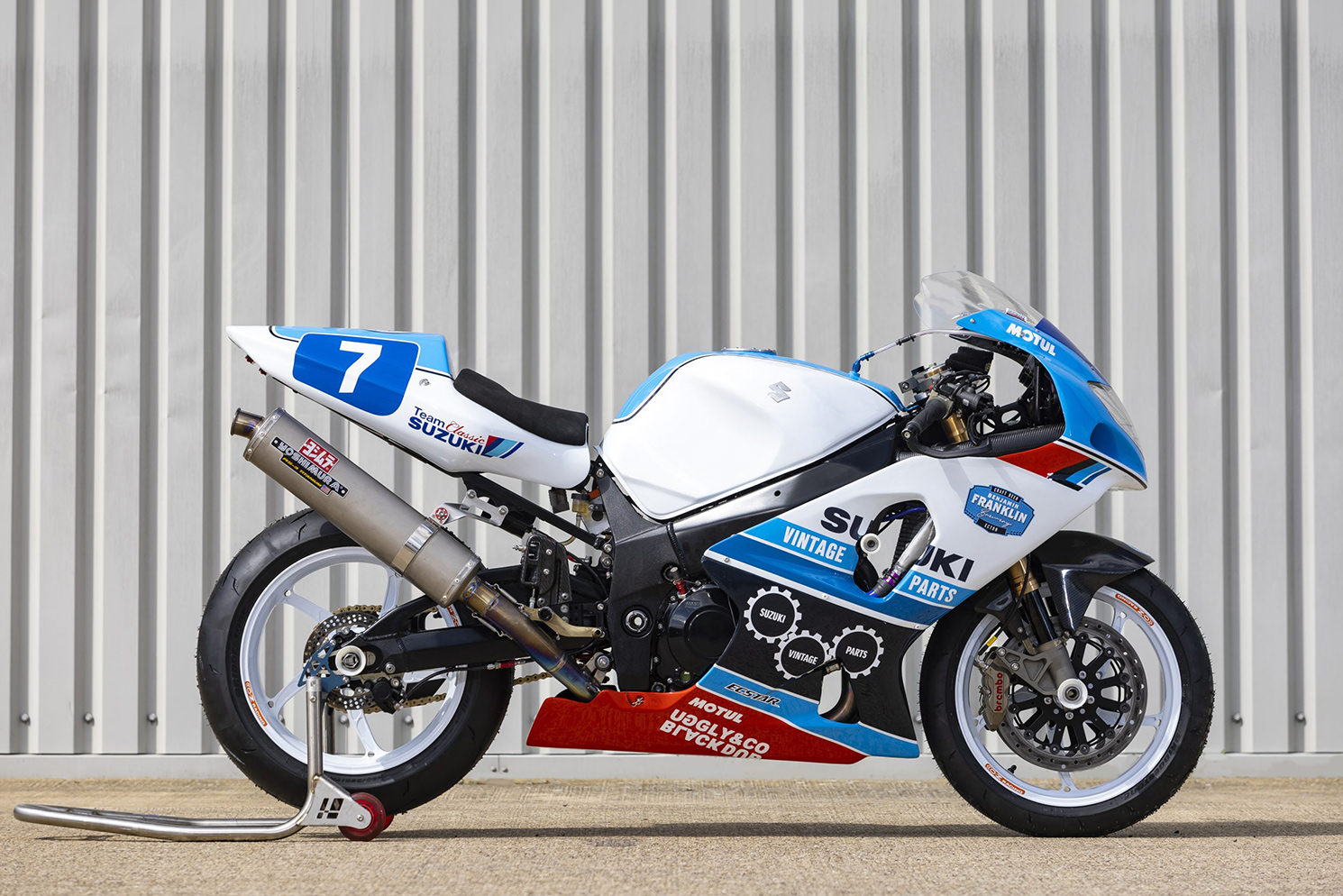
Suzuki GSX-R1000 by Team Classic Suzuki If you’d like to feel old, consider this: the Suzuki GSX-R1000 K1 was released over twenty years ago. Lighter and faster than its predecessor, it’s considered by many to be a future classic. It’s also now officially old enough to race in the European Endurance Cup—which is why Team Classic Suzuki has just prepped one for racing.
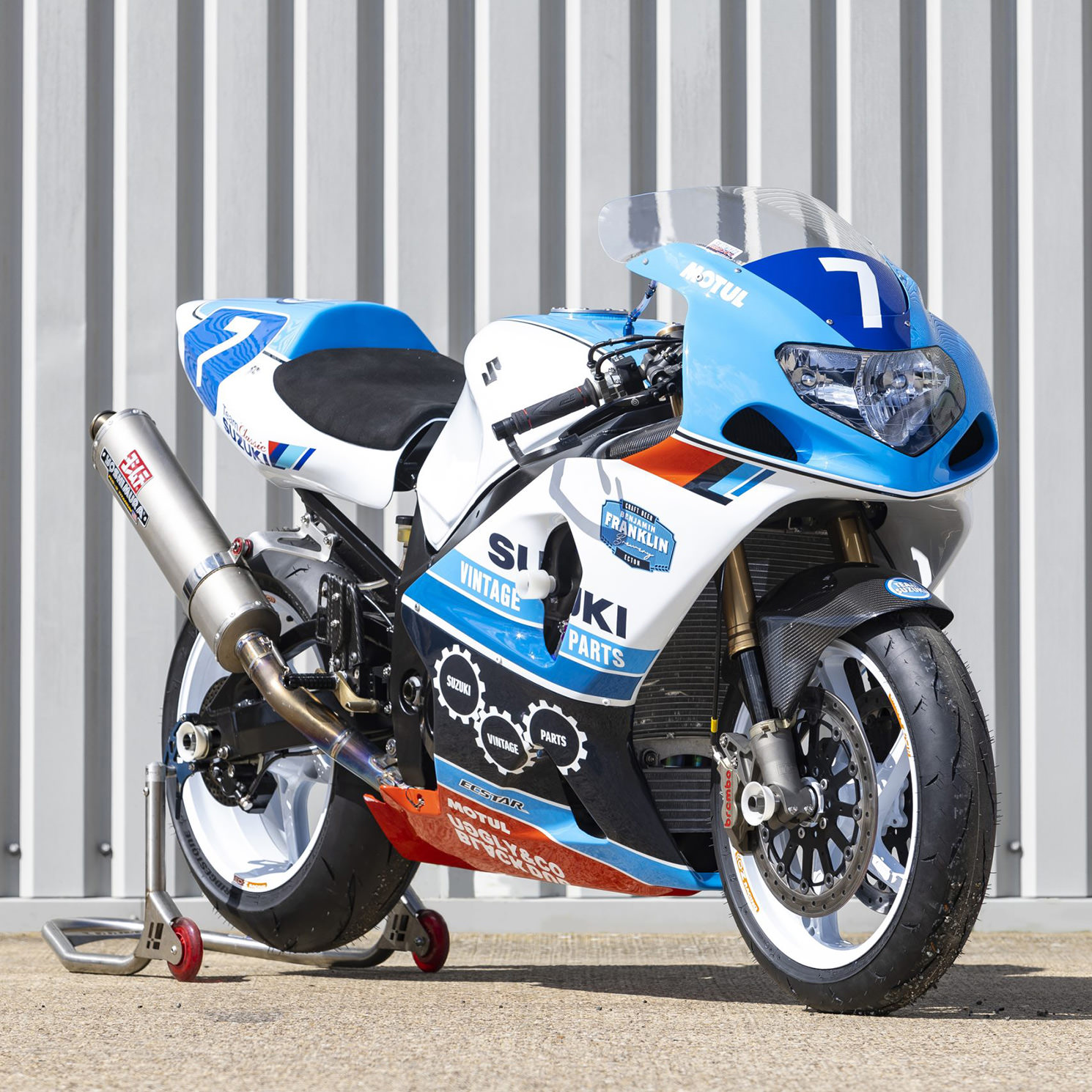
Team Classic Suzuki is a staple of the European endurance racing scene, where they’ve been fielding a highly-tuned Suzuki Katana since 2017. But the rules have changed, and the GSX-R1000 is considerably quicker. So the Katana is out, and the Gixxer is in.
Team Classic Suzuki’s GSX-R1000 wears a laundry list of hop-up parts. Under the hood lies a freshly-built GSX-R1000 engine, with Yoshimura cams and a full titanium Yoshi exhaust system. A factory Suzuki GSX-R750 endurance racer lent the project its swingarm, and the wheels are from OZ Racing.
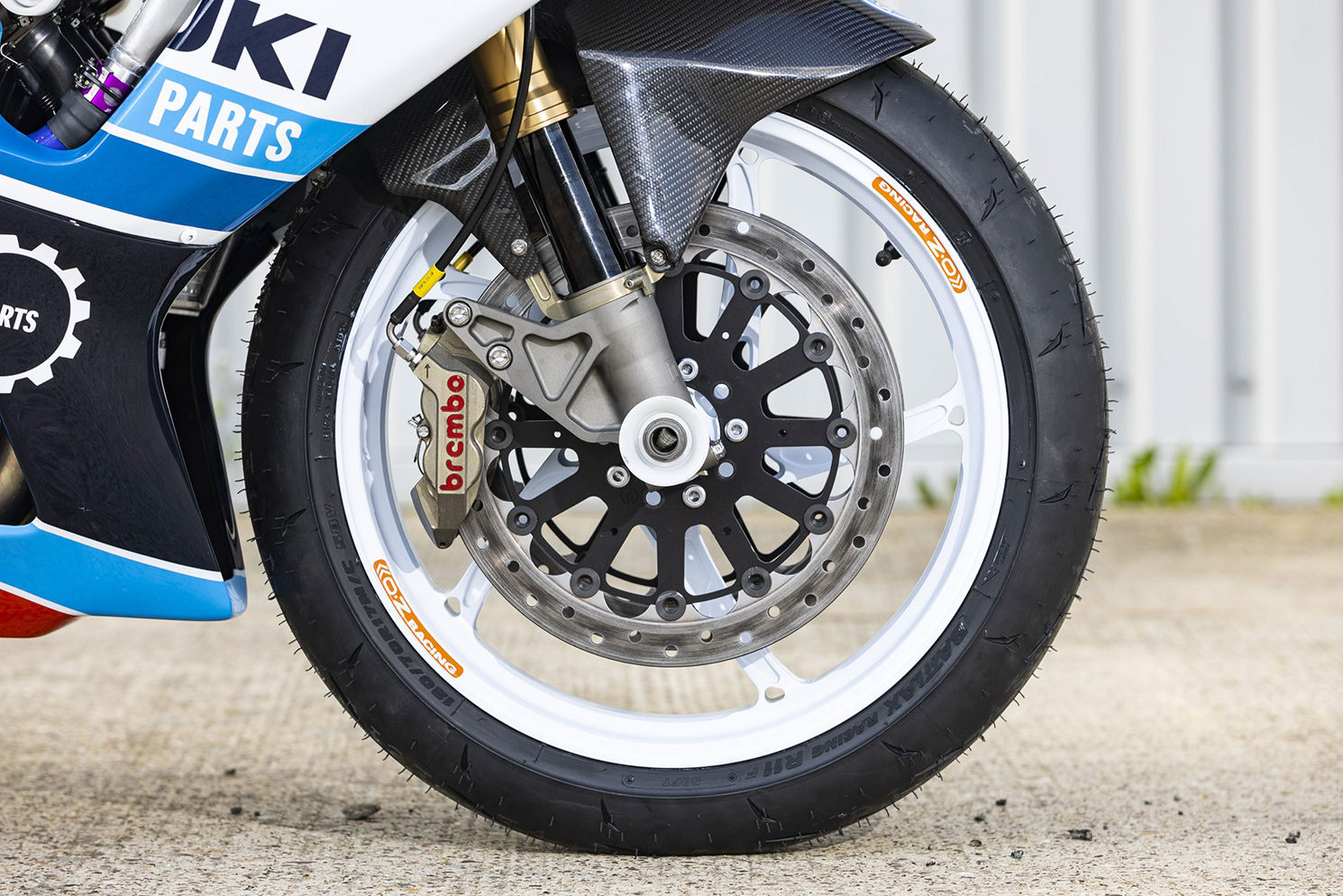
The front forks are Team Classic Suzuki’s own design, upgraded with K-Tech internals. A K-Tech shock props up the rear, while Brembo brakes handle stopping duties.
Some of the parts used come straight from Suzuki’s Race Parts Programme. It’s an initiative that offers support and discounts on race-spec parts for club racers in the UK—so weekend warriors can take notes from Team Classic Suzuki to mod their own contenders. And there’s a lot to take notes on.
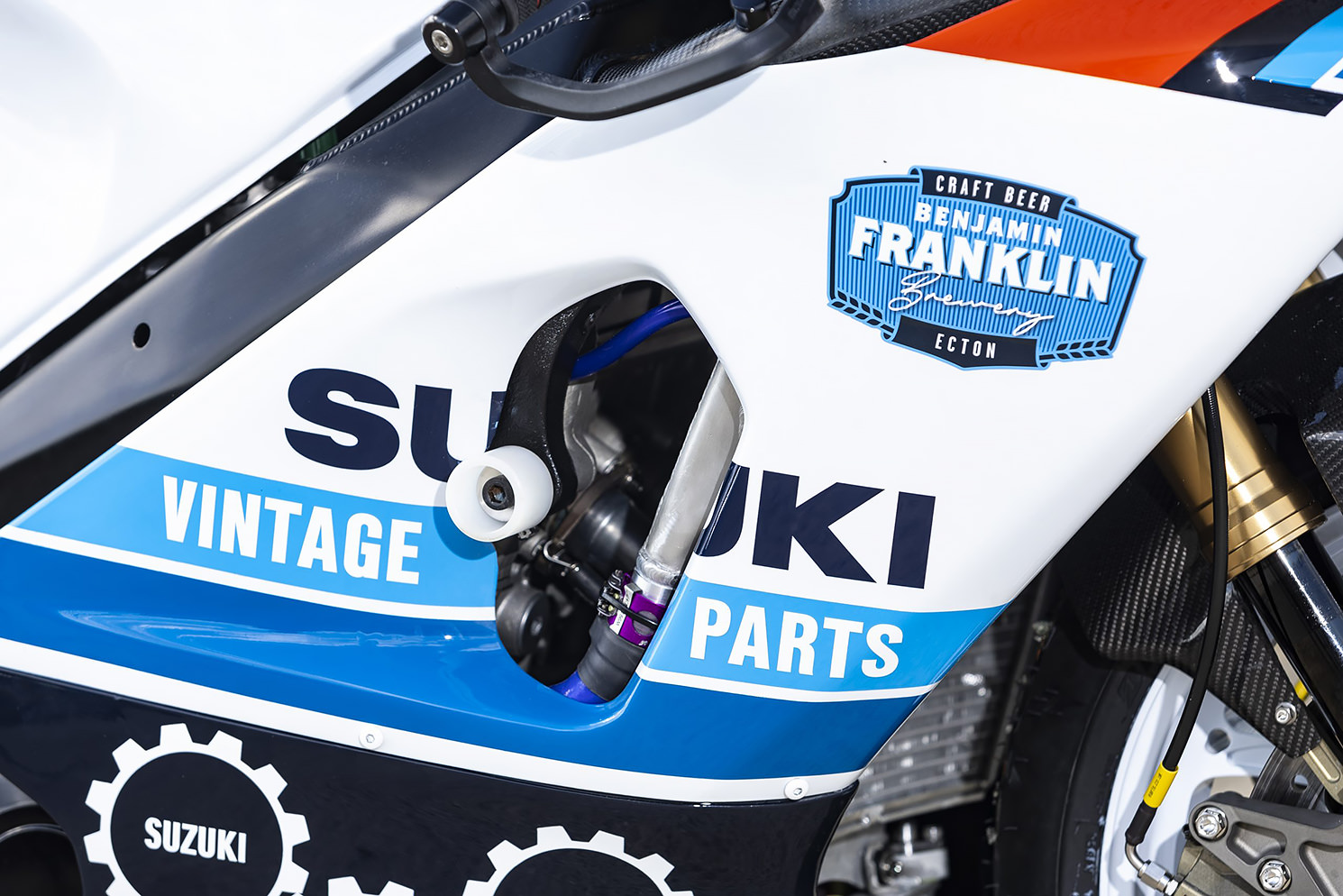
Dressed in Team Classic Suzuki’s signature livery, this GSX-R1000 makes a strong case for the model’s future classic status. We can’t wait to see it ridden in anger. [More]
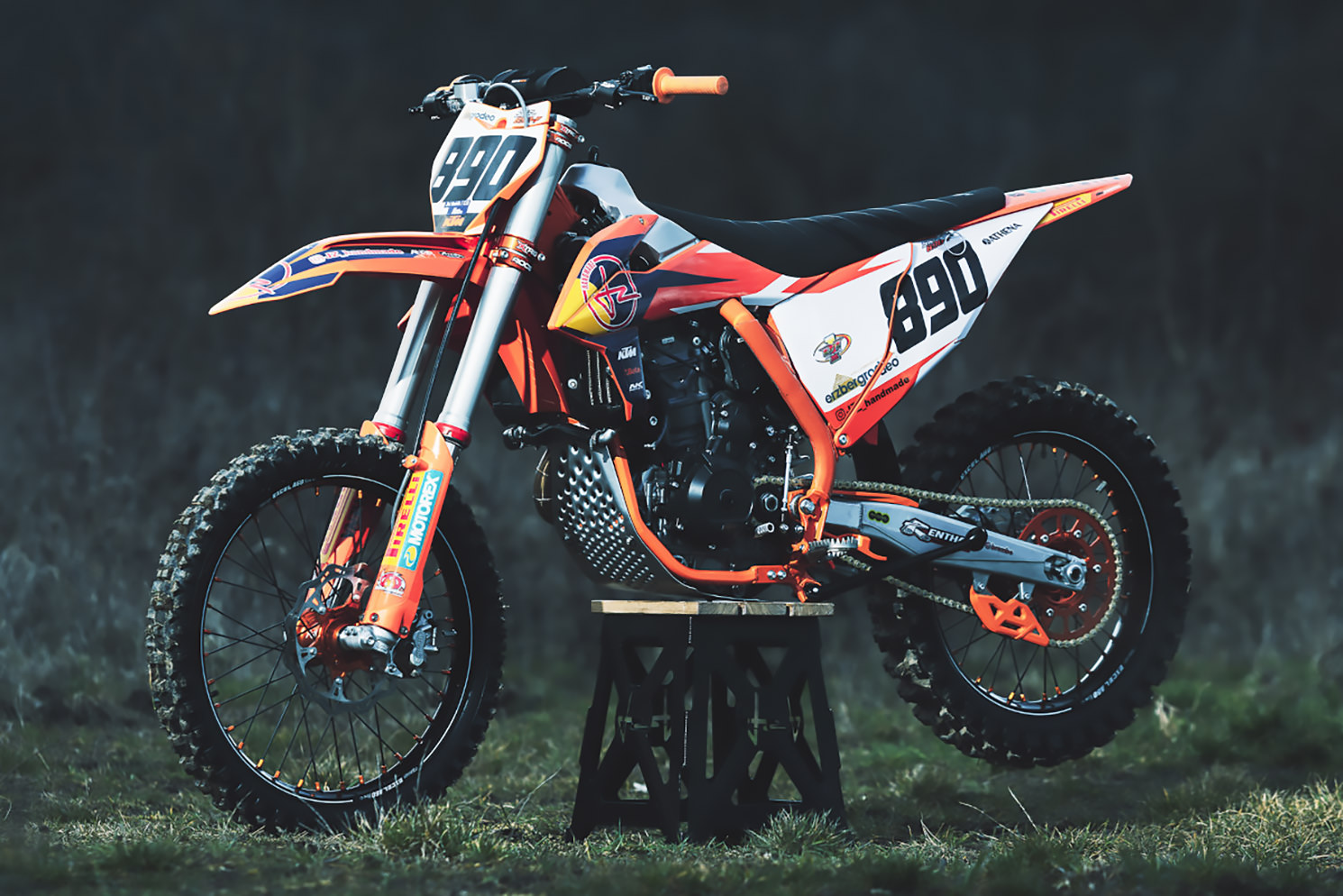
KTM ‘890 SX-F’ by JZ Handmade Even if you don’t know Jan Žuži’s name, you’ve seen his work. He’s the fabricator responsible for the jaw-dropping Praga ZS 800 prototype (a fact that he was only able to reveal recently).
If you need more evidence that the man has skills, we present this buck wild KTM. Built for the 67-year-old Czech off-road racer, Jiří Heiník, this Franken-dirt-bike features a KTM 890 Duke R engine in a KTM 250 SX-F chassis. And it’s not just for show, either; Jiří plans to race it in the legendary Erzberg Rodeo.
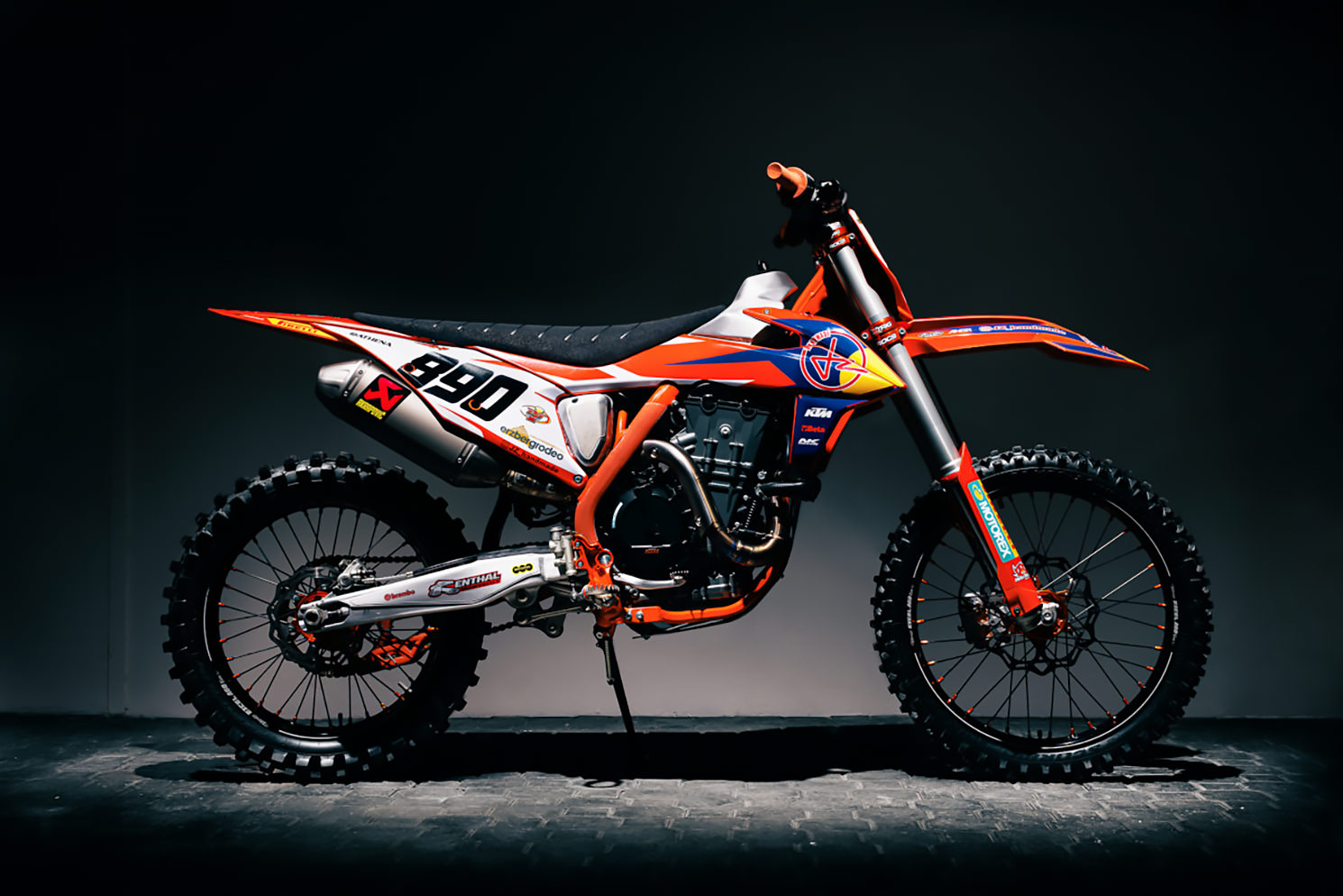
What’s nuts is that the ‘890 SX-F’ looks a lot like a stock KTM enduro bike from a distance… but it’s really not. As you’d imagine, dropping a twin-cylinder engine into a slim motocrosser frame isn’t exactly a walk in the park. Jan started by liberating the SX-F’s steering tube from its frame, then welded up a new frame using cut-up pieces of the original.
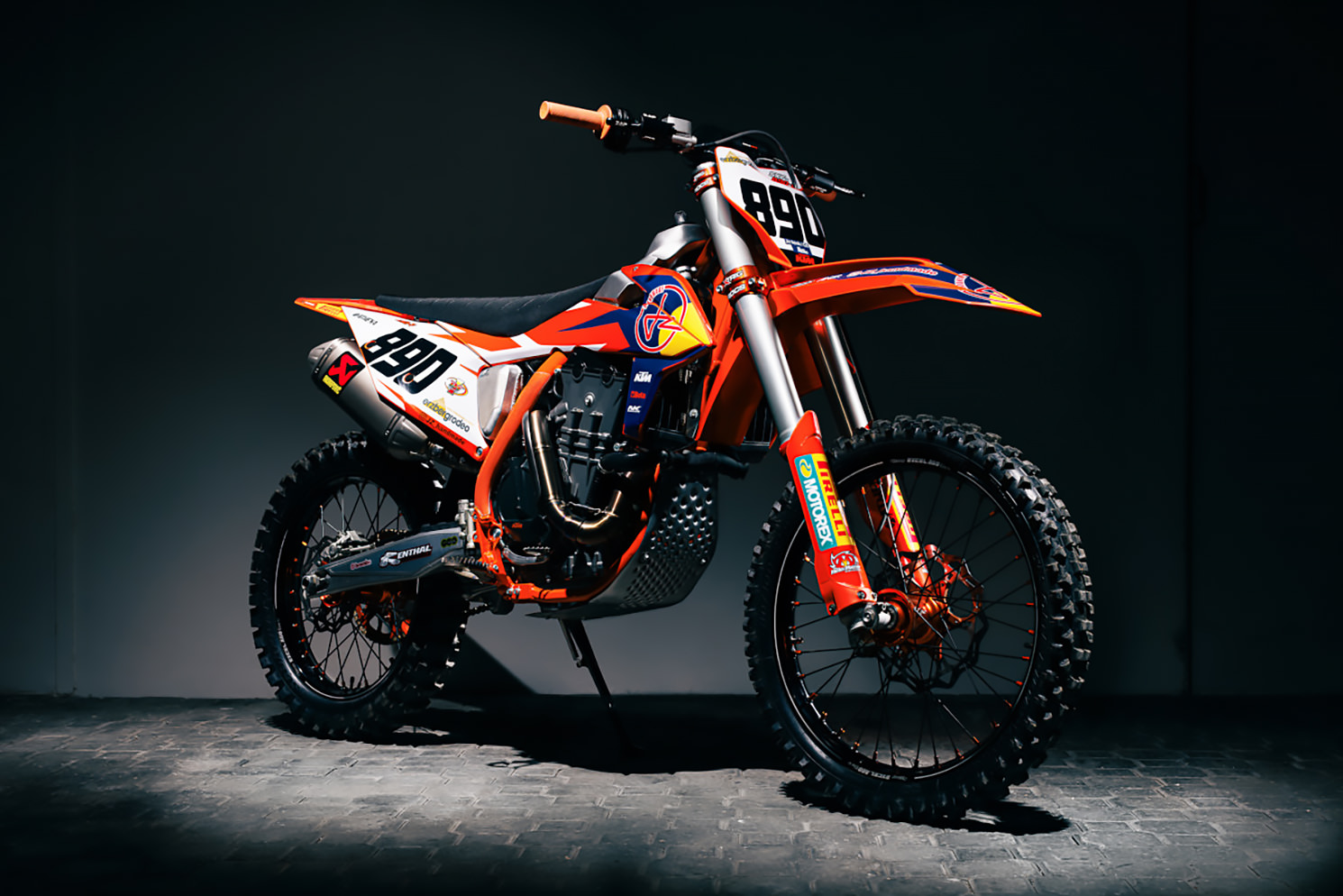
Jan also widened the OEM swingarm to accommodate the wider engine. Next, he built an aluminum fuel tank that ‘hides’ inside the subframe, a new airbox, and a pair of custom radiators.
The bike also sports new wheels and yokes, a custom engine guard and shift lever, and new wiring. The titanium exhaust headers are handmade, and terminate in a titanium Akrapovič muffler.
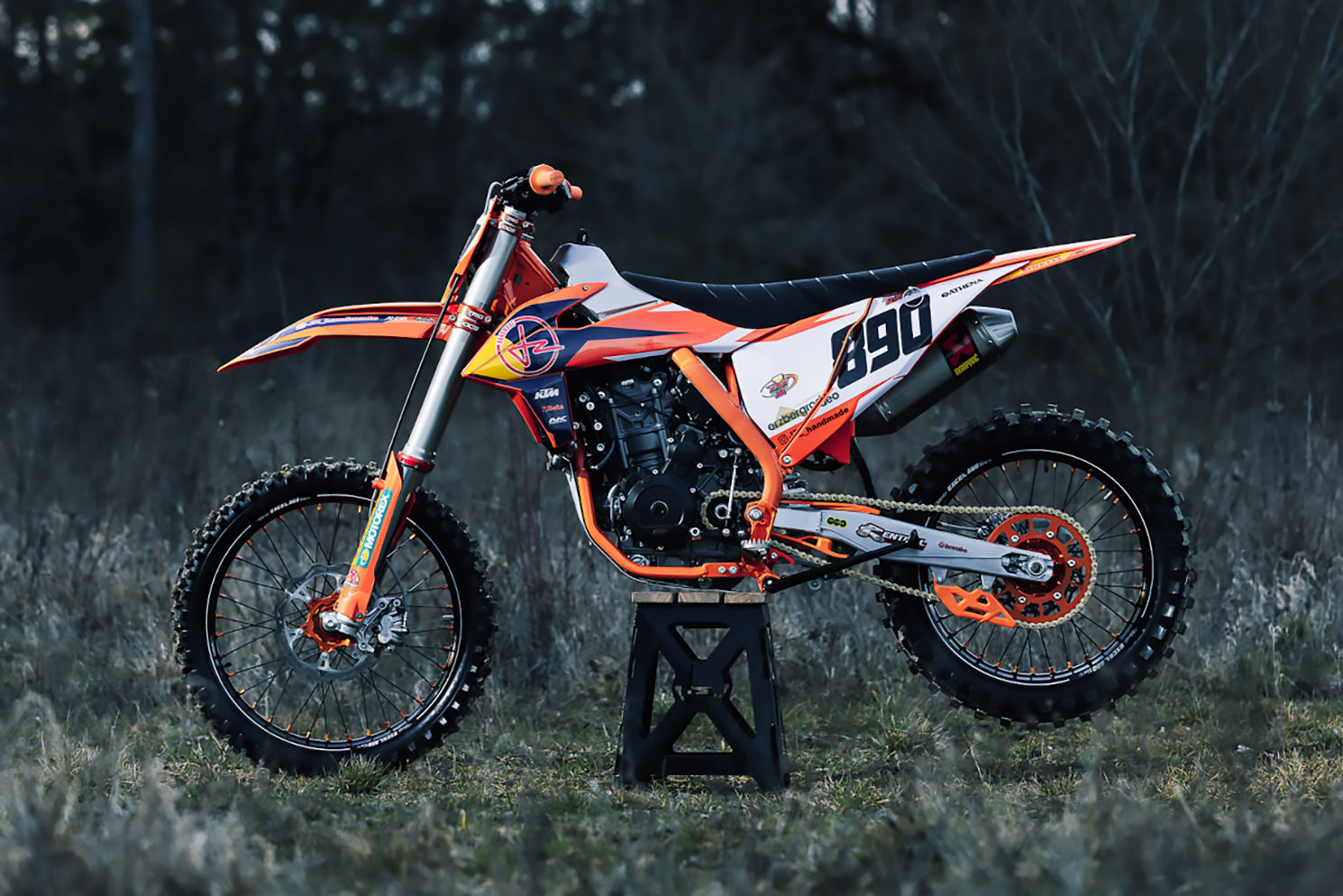
The result is a totally bonkers off-road race bike that makes 120 hp and weighs just 290 lbs. “It is gnarly and insane,” says Jan, “but it can also ride surprisingly smooth and calm just like a regular 250 dirt bike. I can also imagine that with a road-legal plate and supermoto wheels, it could be the bike of the millennium!” [Via]
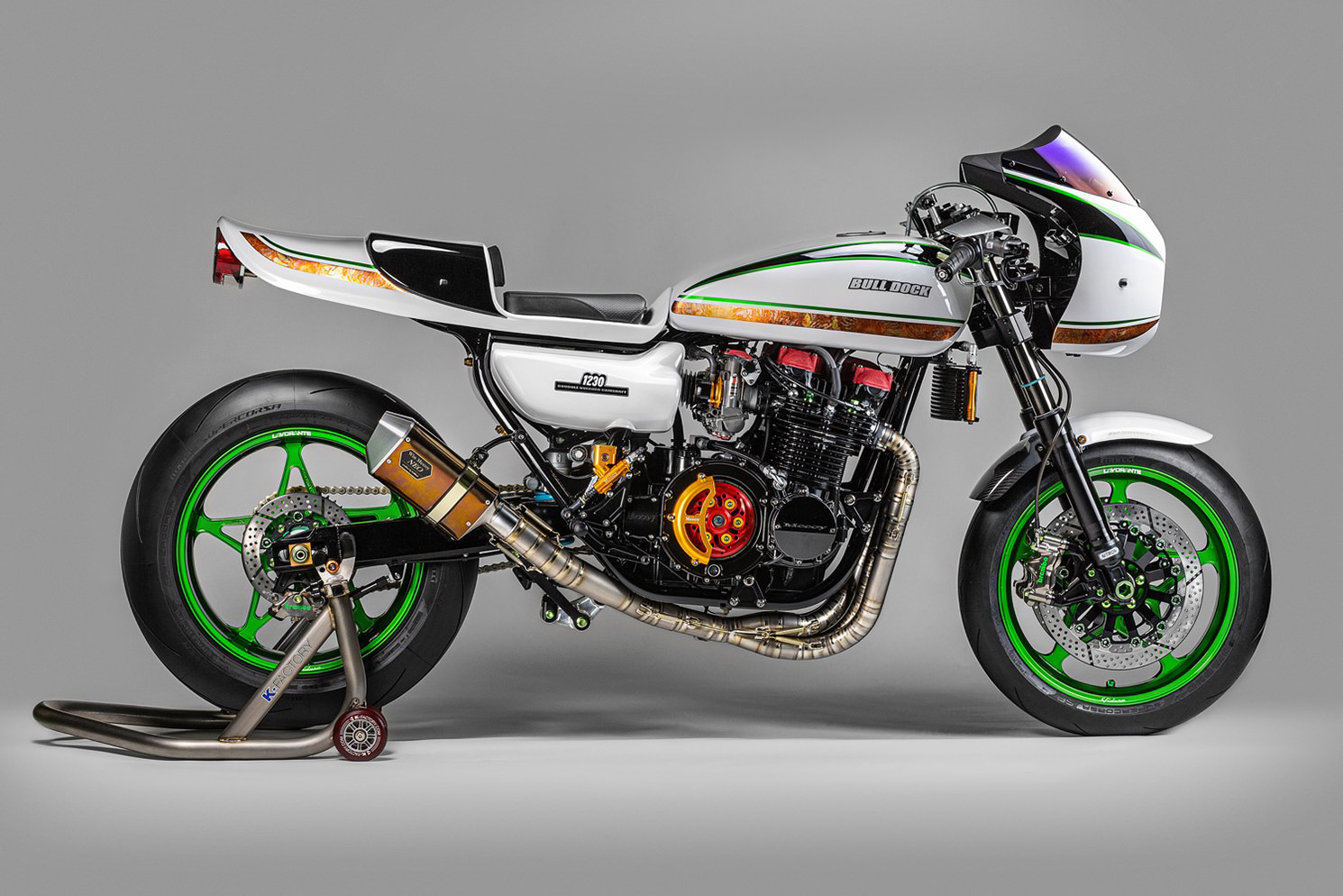
Kawasaki Z1 by Bull Dock In the world of iconic Japanese superbike restomods, a handful of shops operate on a whole other level—and Japan’s Bull Dock is one of them. It takes just one look at this eye-popping Kawasaki Z1 to know that they’re in a league of their own.
Built with support from the British suspension brand Nitron, the ‘GT-003’ is stacked with top-shelf parts, and some pretty wild mods.
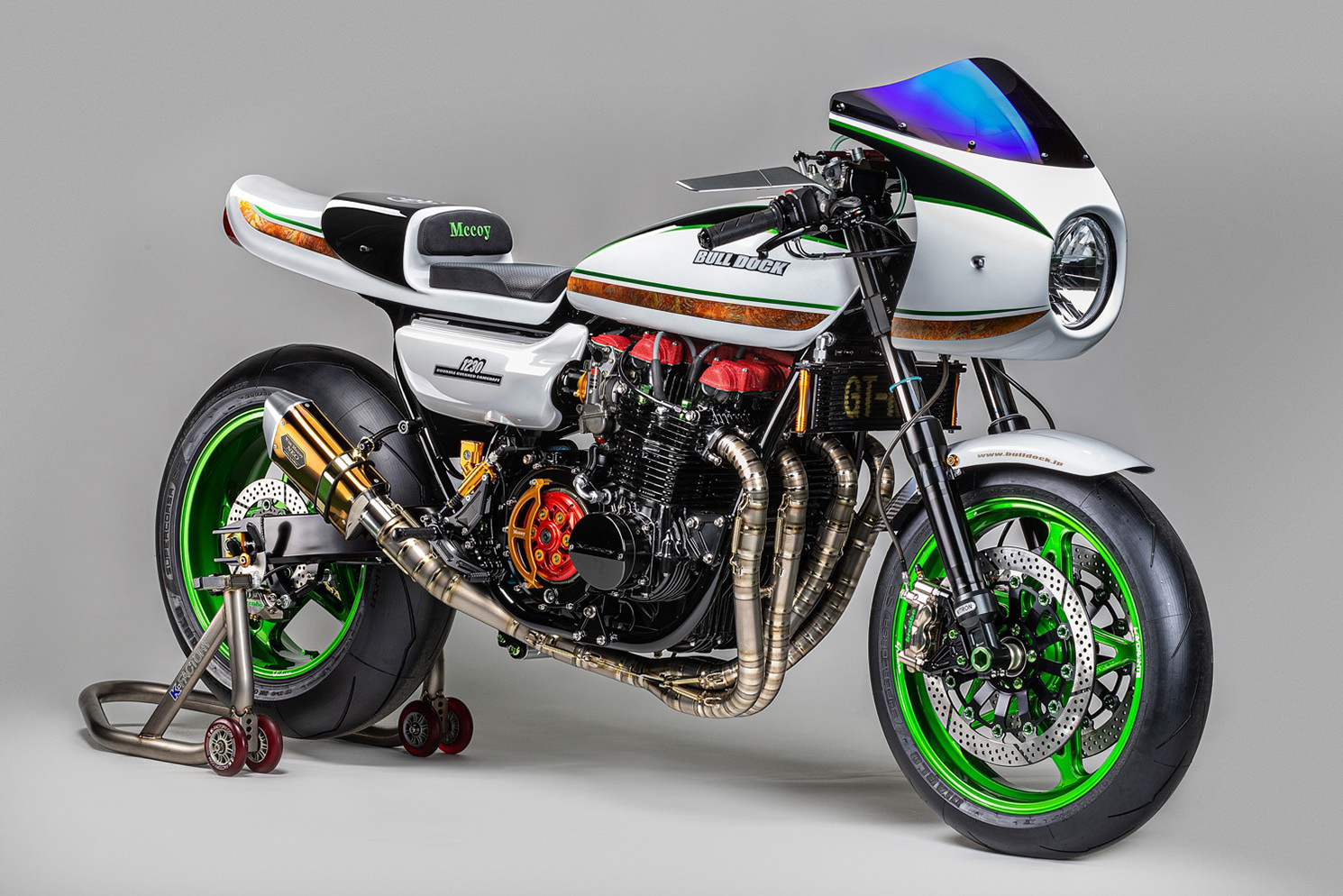
For starters, the engine’s been bumped up to 1,230 cc, with flowed heads, forged pistons, new valves and Yoshimura cams. Other upgrades include a set of Yoshimura flat slide carbs, a hydraulically-actuated dry clutch and a bunch of parts from Bull Dock’s own Win McCoy range.
Given how much work went on in and around the engine, the Kawasaki Z1 needed an exhaust to match. It wears a full titanium system, hand-welded and capped off with a Win McCoy silencer.
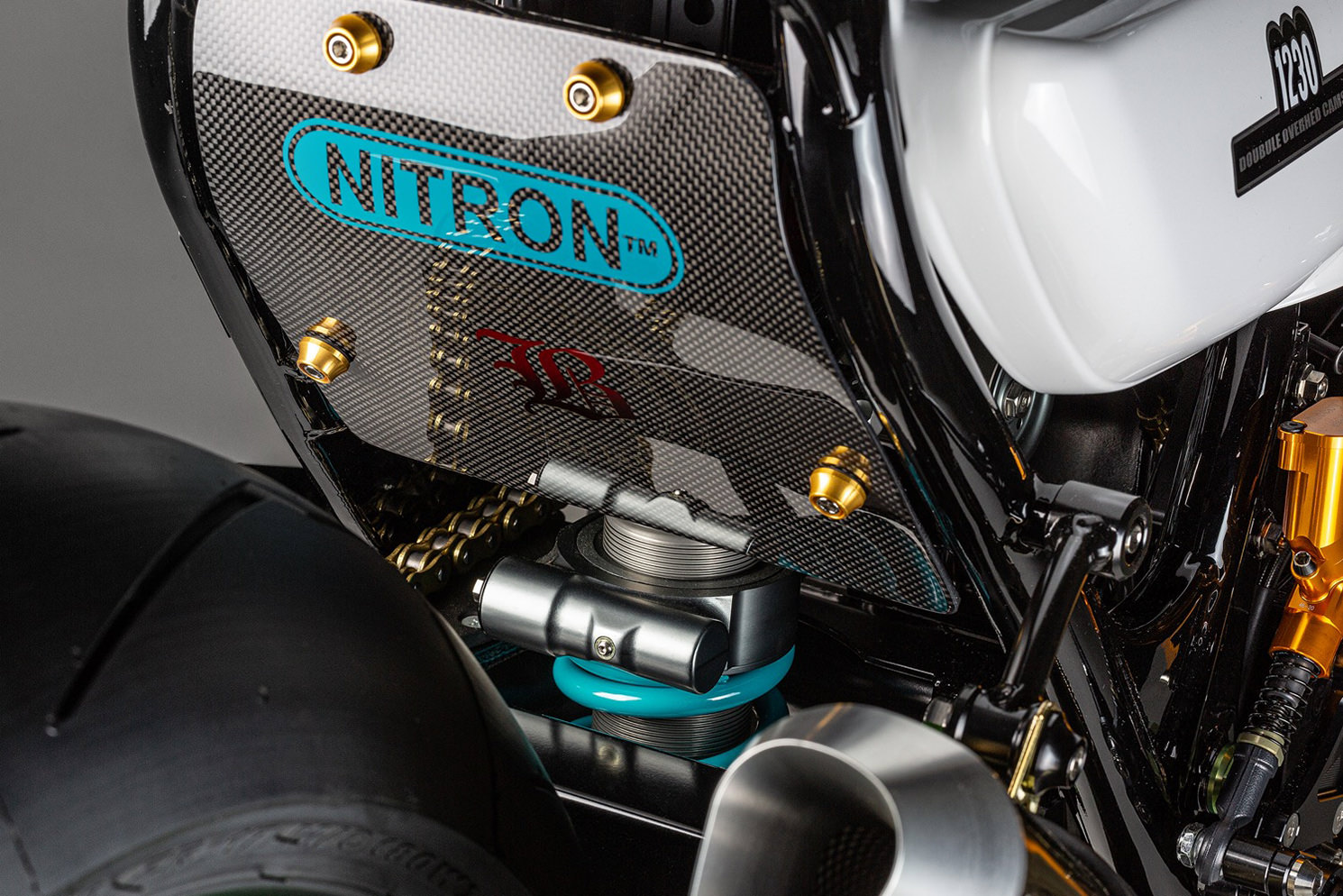
Moving to the chassis, Bull Dock ditched the twin rear shocks for a custom mono-shock arrangement. It’s hooked up to a Win McCoy swingarm, with a custom-specced piggyback shock from Nitron.
The rear suspension setup was designed digitally and tested using software simulations, to optimize handling. Not only is the rear suspension different from stock, but the frame’s been straightened and braced in numerous places too.
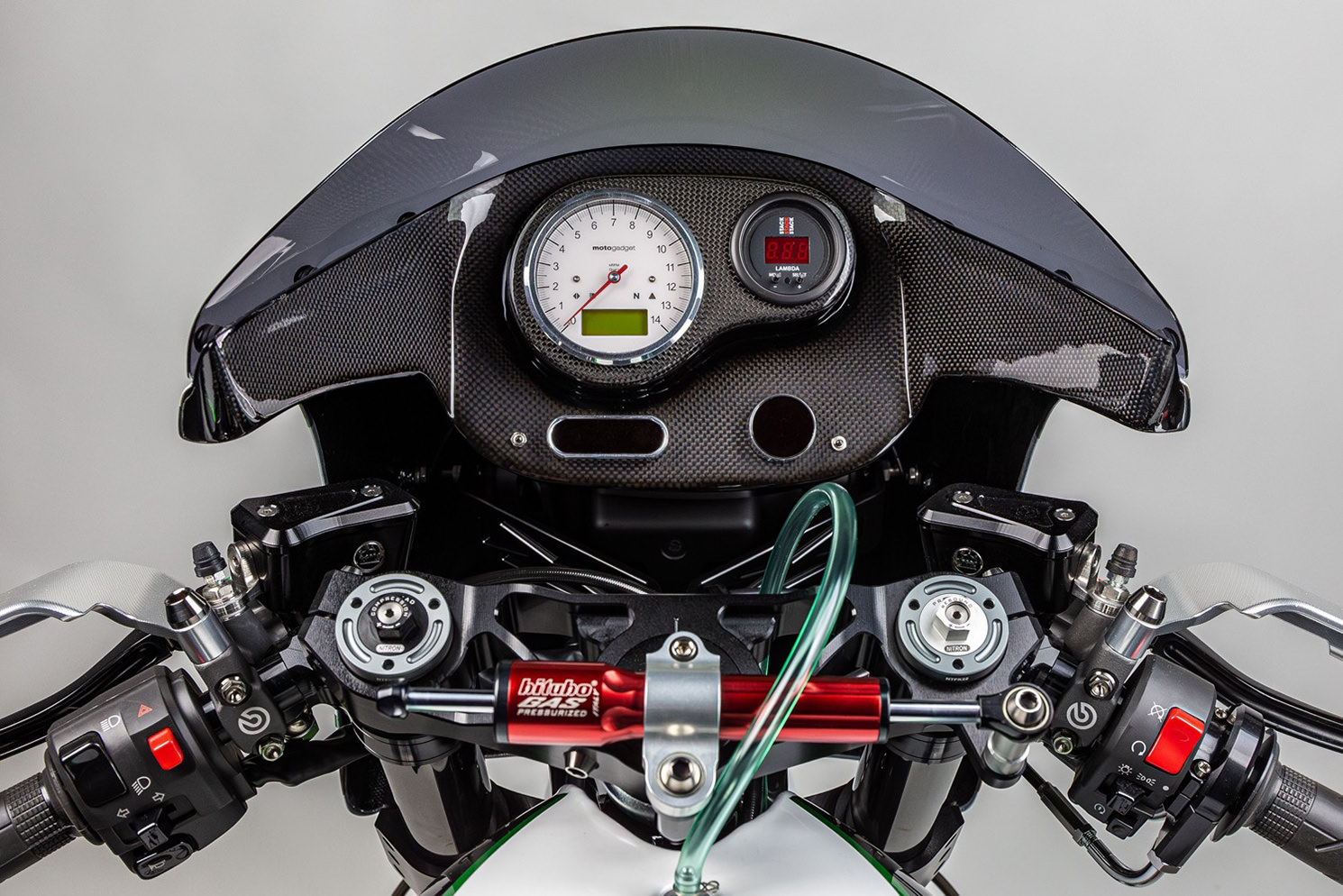
The front end wears billet yokes and a set of adjustable Nitron right-side-up forks, with a Bitubo steering damper. Between the tweaked front end, and the carefully designed rear end, the Z1 now handles miles better than it did in the 70s.
Forged Lavorante wheels bring down the rotational mass, while Pirelli tires offer modern-day grip. The brake system uses Brembo calipers with Sunstar discs, and a one-off rear master cylinder. A set of Win McCoy rotor fasteners are color-matched to the green wheels.
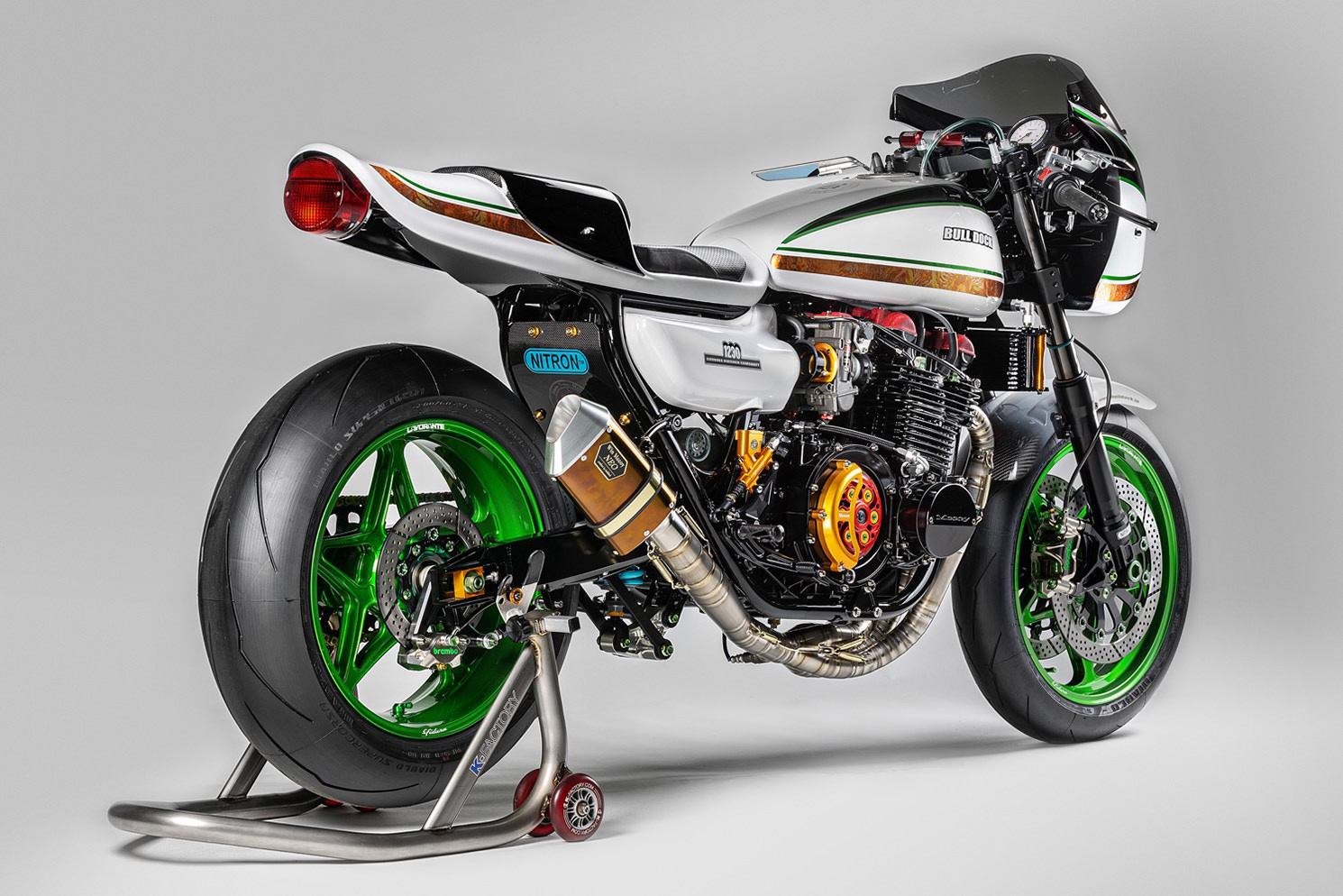
And then there’s the bodywork. Using a mix of OEM-style and custom parts, built in everything from carbon fiber to reinforced fiberglass, it’s oozing retro superbike steeze—especially when you factor in the audacious livery. [Via]
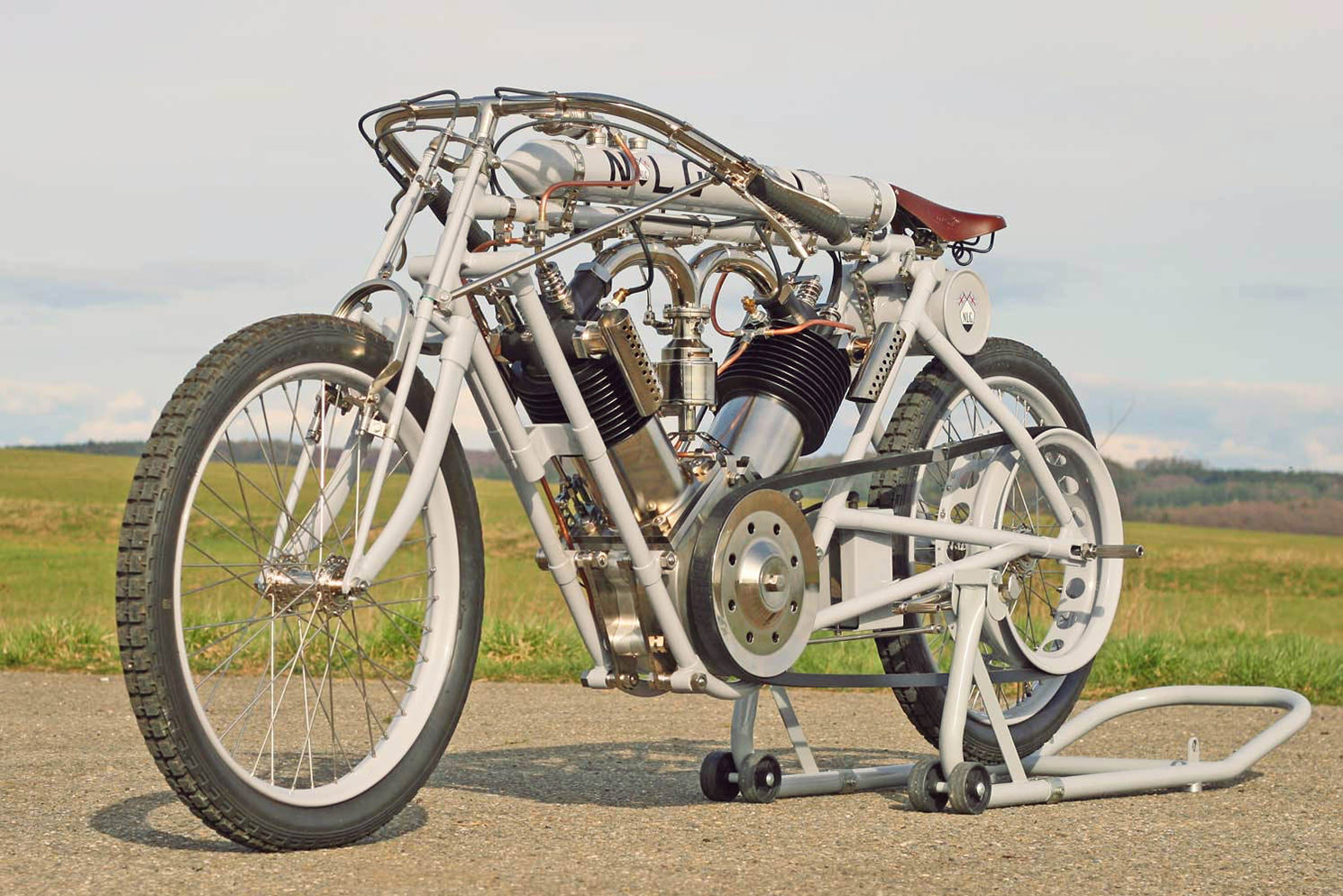
1909 North London Garage 2.7 Liter J.A.P. The North London Garage was a boutique motorcycle manufacturer that existed in London in the early 1900s. In 1909, they built a motorcycle for the racer Will Cook, with a view to setting a new land speed record.
Their formula was pretty simple; the current record-holding motorcycle had a 2.5 liter engine, so their bike would use a 2.7 liter J.A.P. V-twin. The built a bespoke race bike around the 20 hp J.A.P. motor, capable of around 90 km/h [56 mph]. Will Cook took it to Brooklands to make history, but the timing equipment failed during his run and he never officially recorded a time; the record stood.
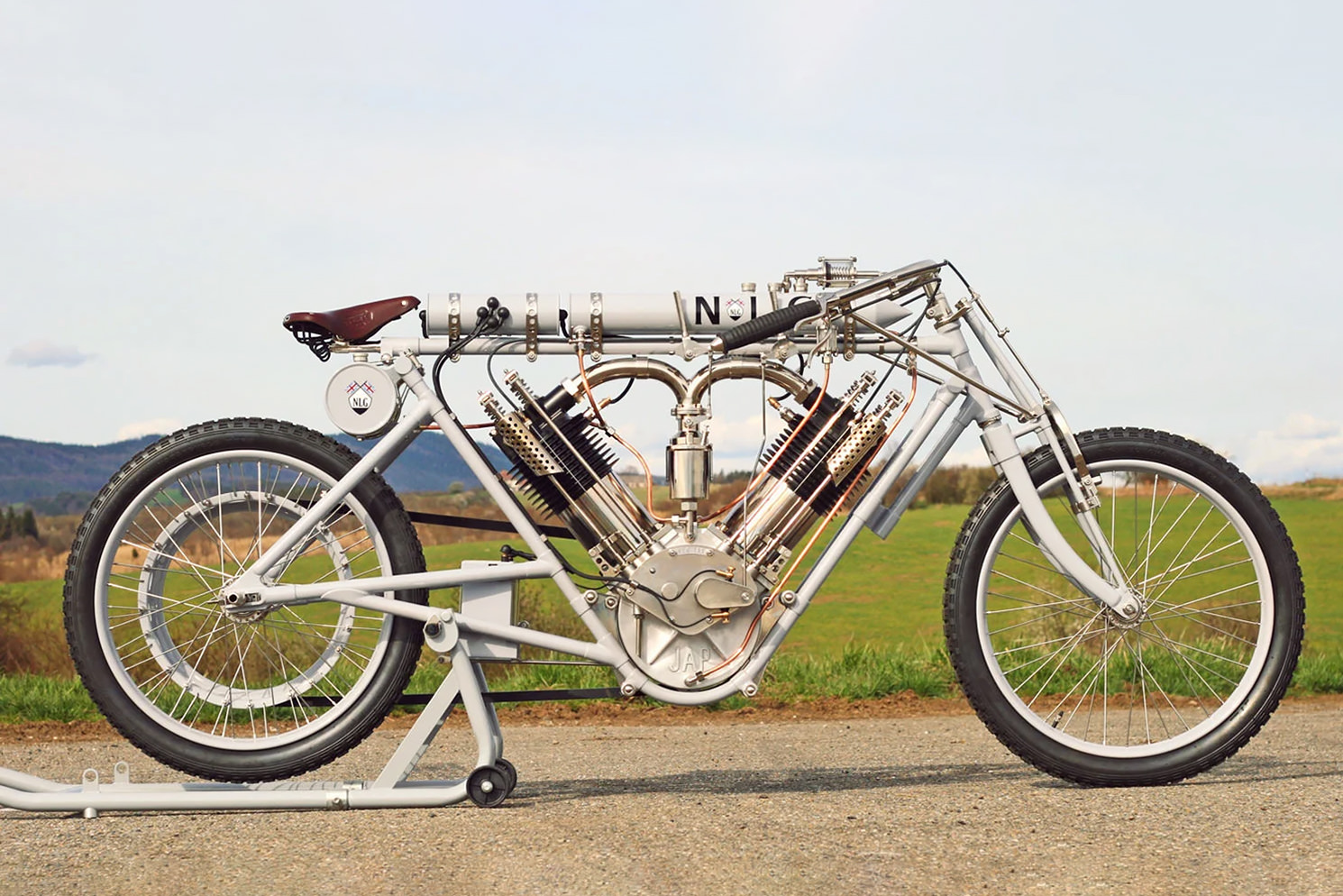
This is not that motorcycle, even if it looks exactly like it. It’s a faithful recreation, built by Pavel Malanik—a machinist and engineer in Czechoslovakia with a passion for motorcycles made between 1900 and 1910. He’s built a handful of replicas now, even going so far as to build their engines from scratch.
The project was conceived when Pavel discovered photos and historic information about the North London Garage J.A.P., and decided that it was worth replicating. Details about the bike were scarce, so he used photographs to work out the bike’s dimensions, then created drawings to act as a blueprint.
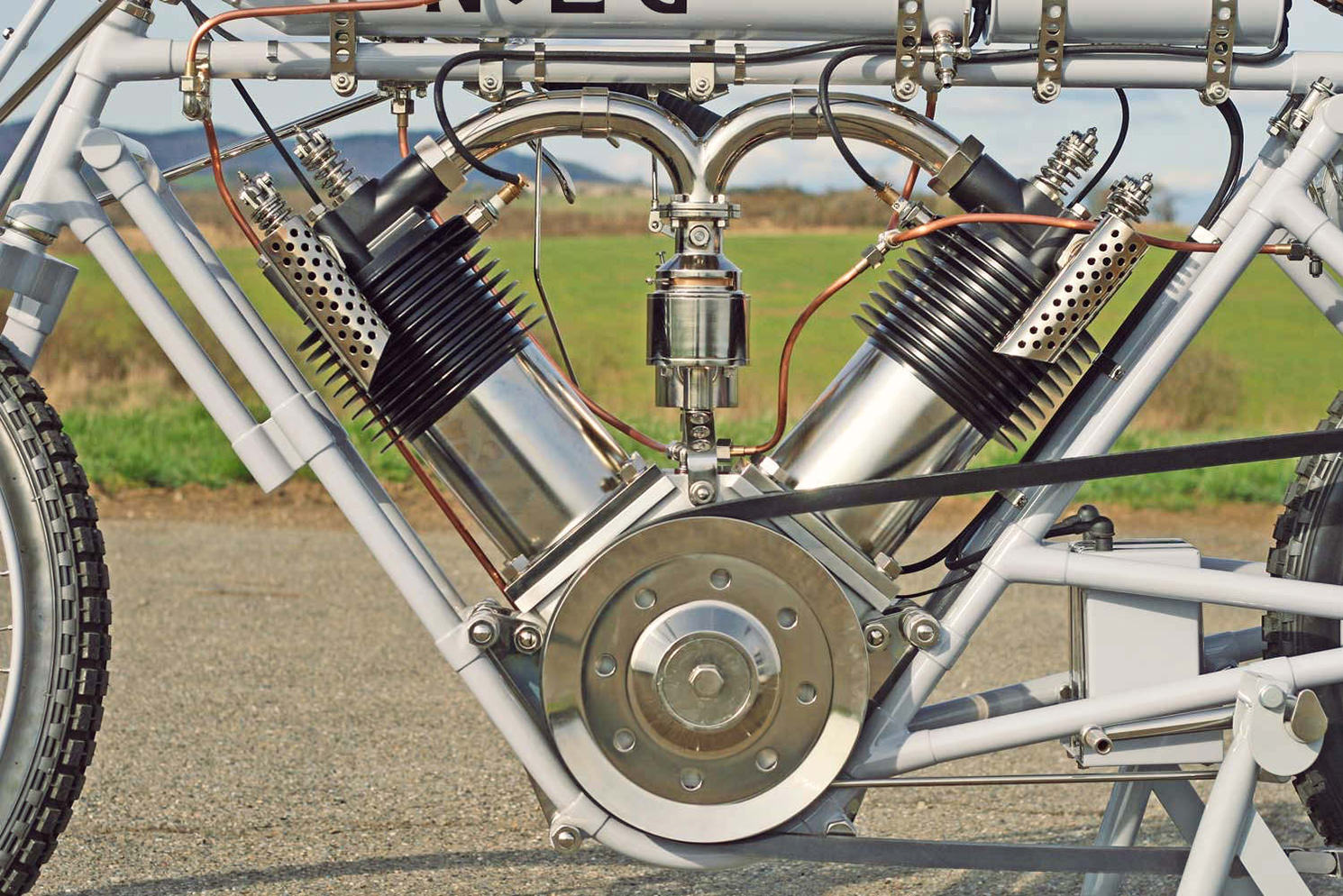
After a year of research, Pavel began building the J.A.P. engine from the ground up. Each cylinder was machined from a solid block of steel, the cylinders were bored out, the crankcase’s two halves were milled out, and the crank- and camshafts were turned on a lathe. Working one part at a time, Pavel eventually had a working motor.
Next, he fabricated a frame from steel tubing. This was a mammoth task on its own, since the bike’s original design included a lot of bracing to compensate for the monstrous engine.
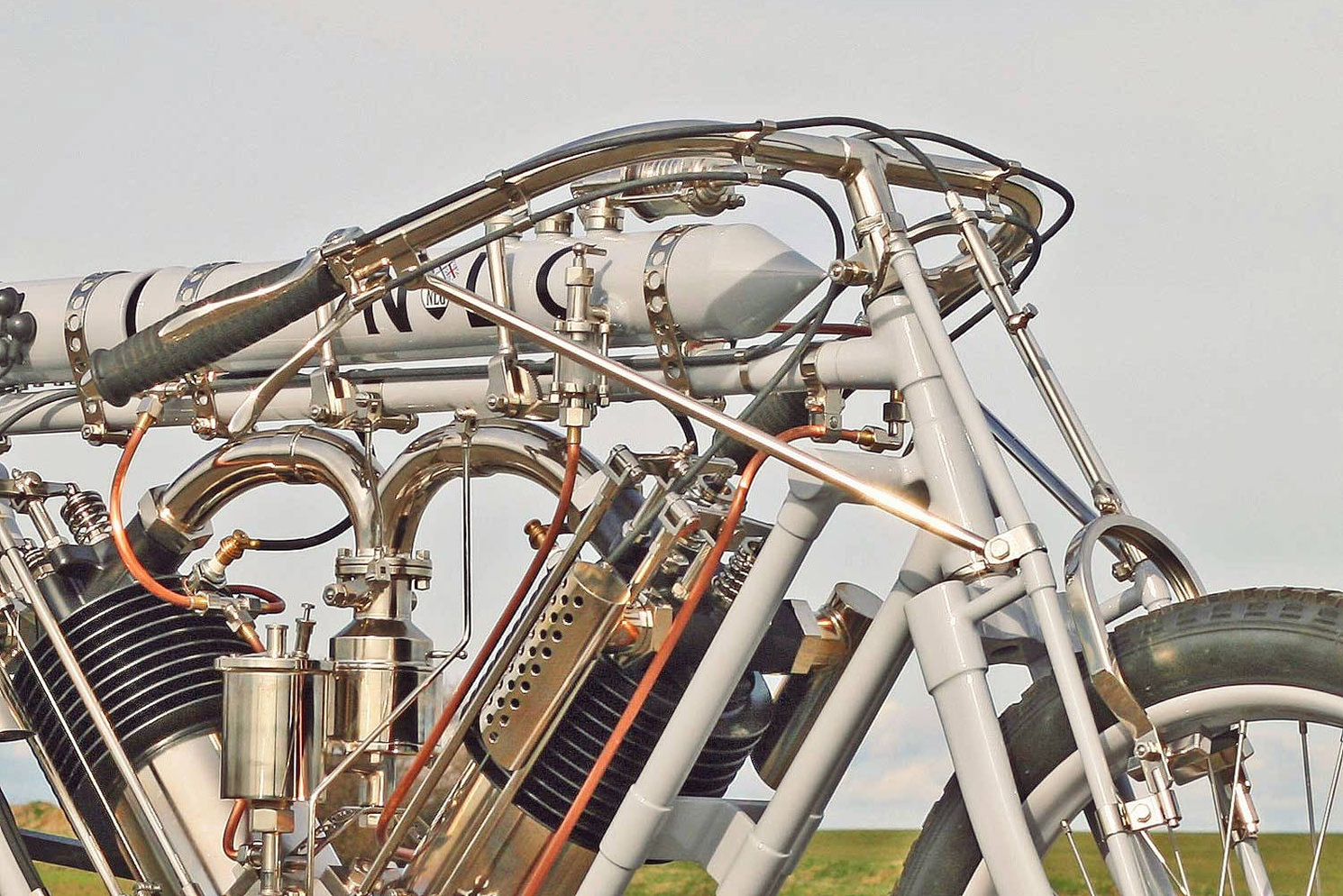
Every single part of this intriguing motorcycle was made by hand—except for the Avon tires. When the bike was ready, Pavel started learning how to ride it (it’s quite a handful, as you’d imagine), then took it to the track. You can hit ‘play’ below to see how that went. [Via]
from Bike EXIF https://ift.tt/WNH2sIU
